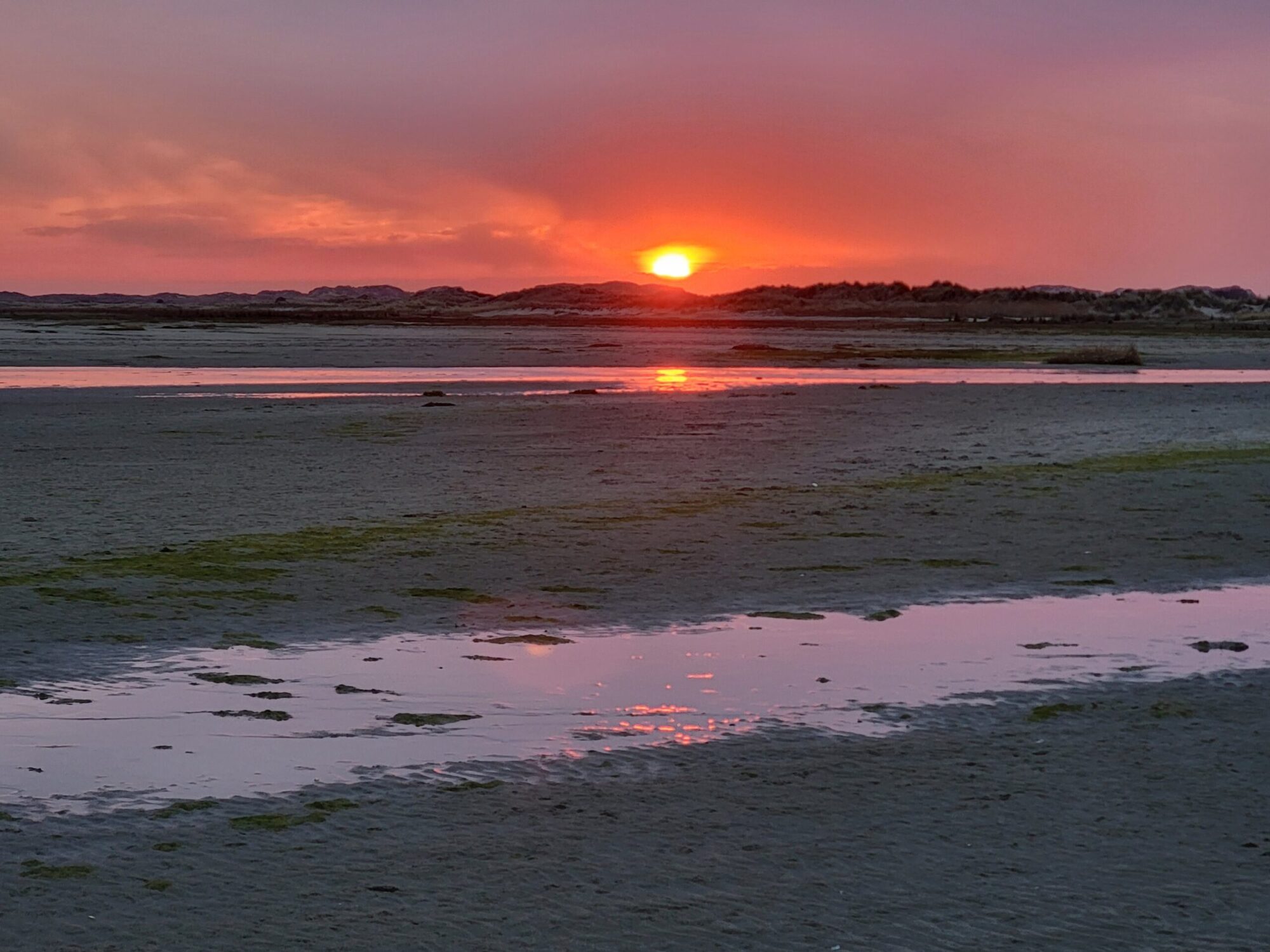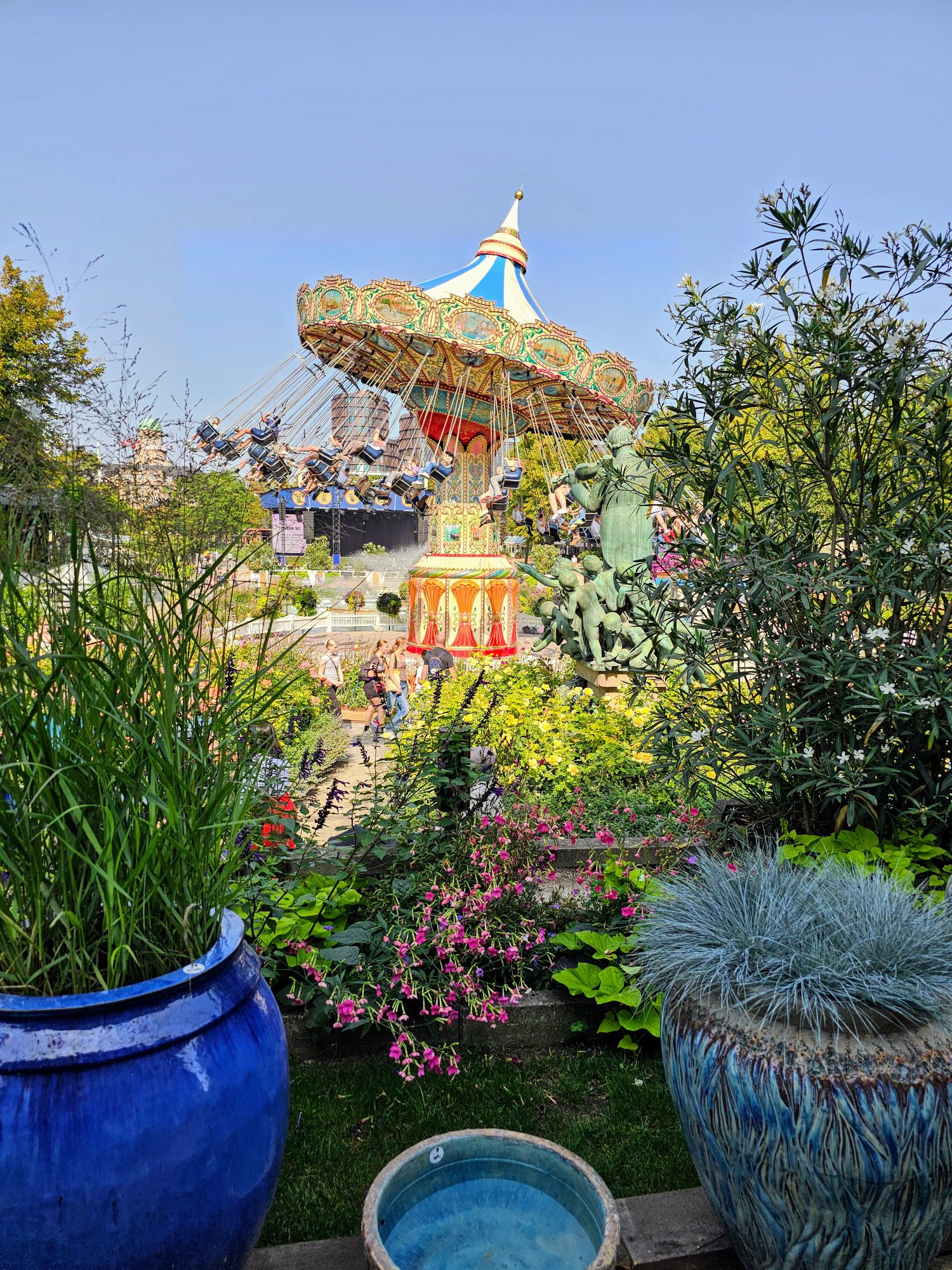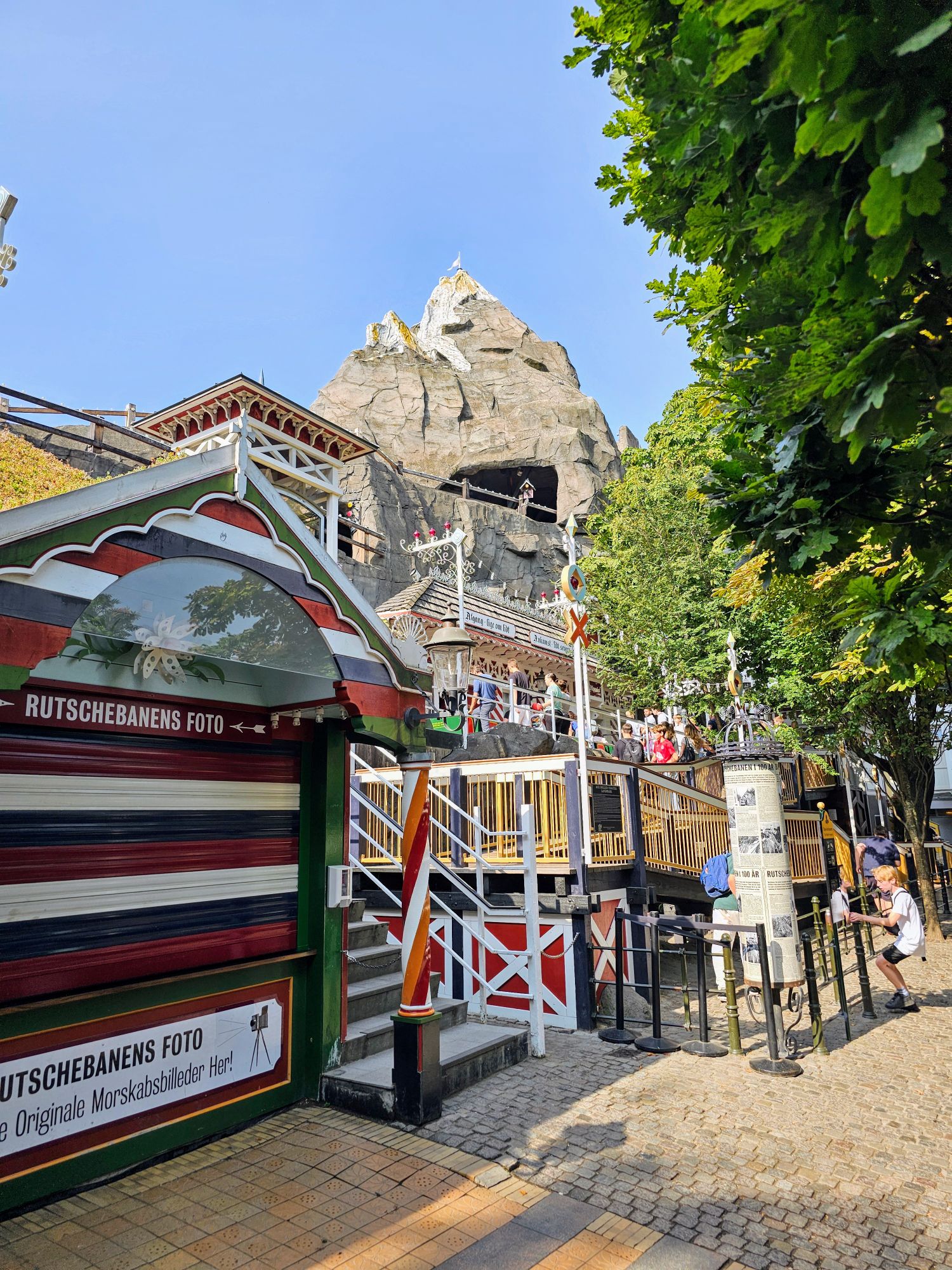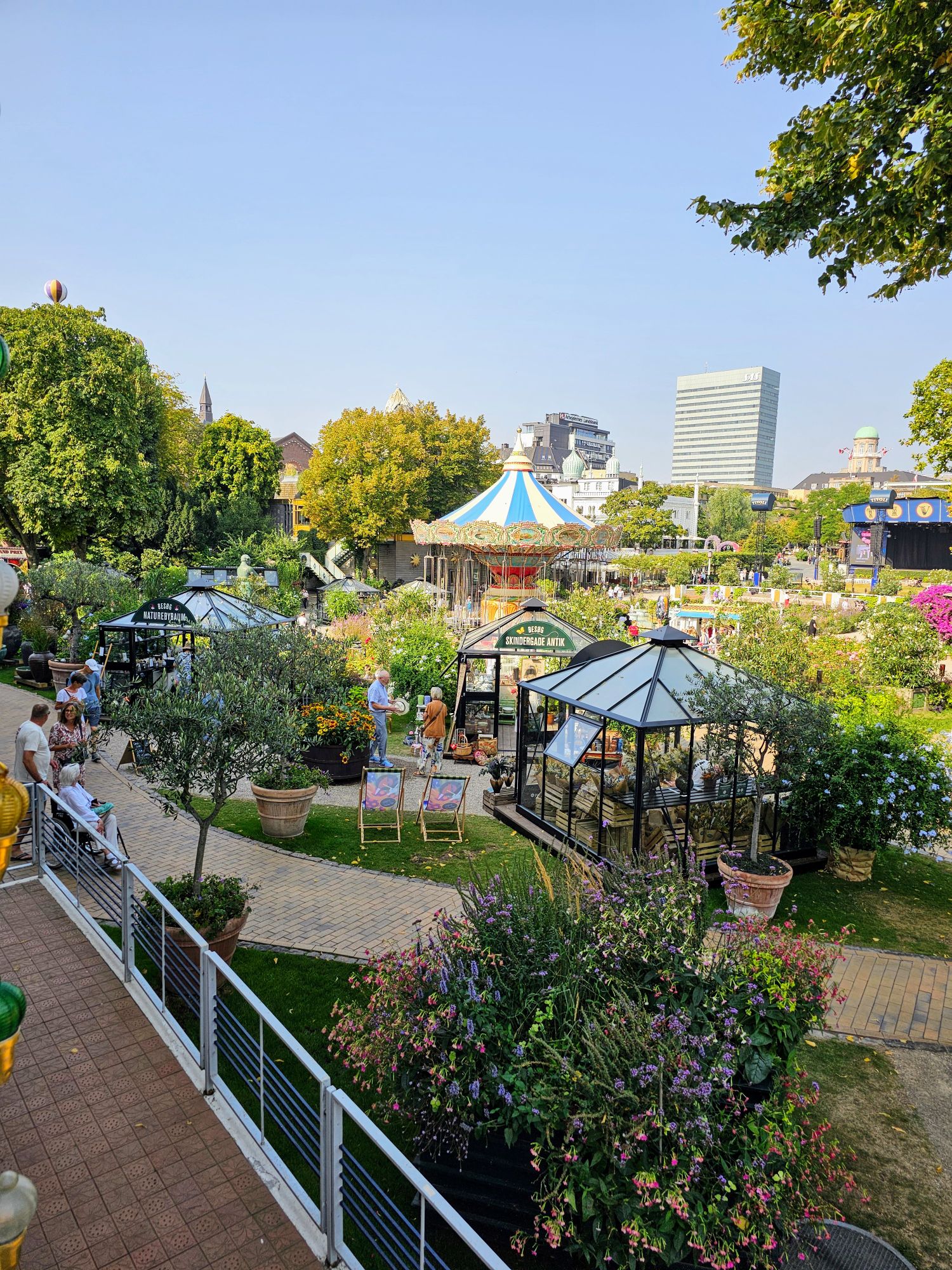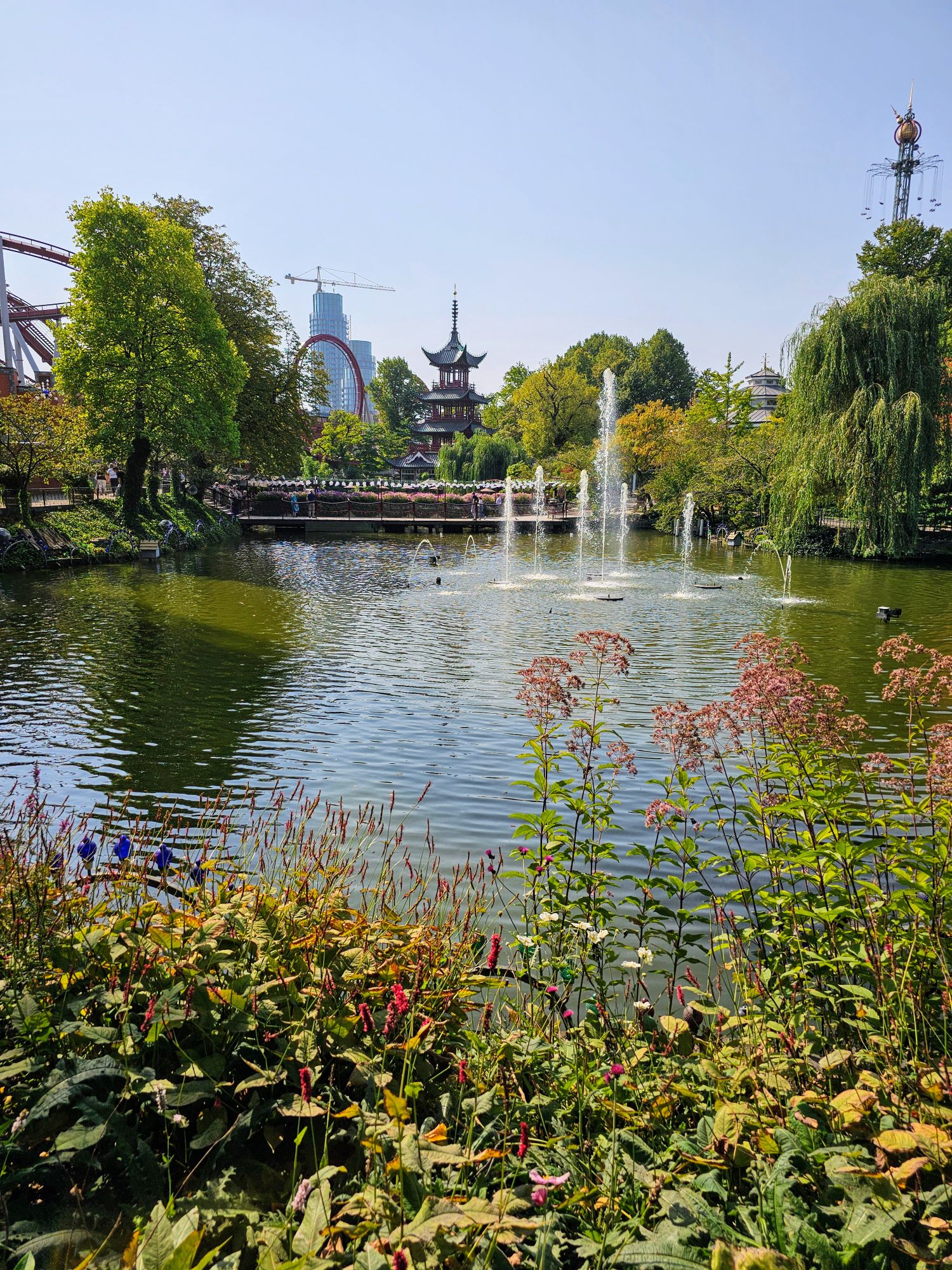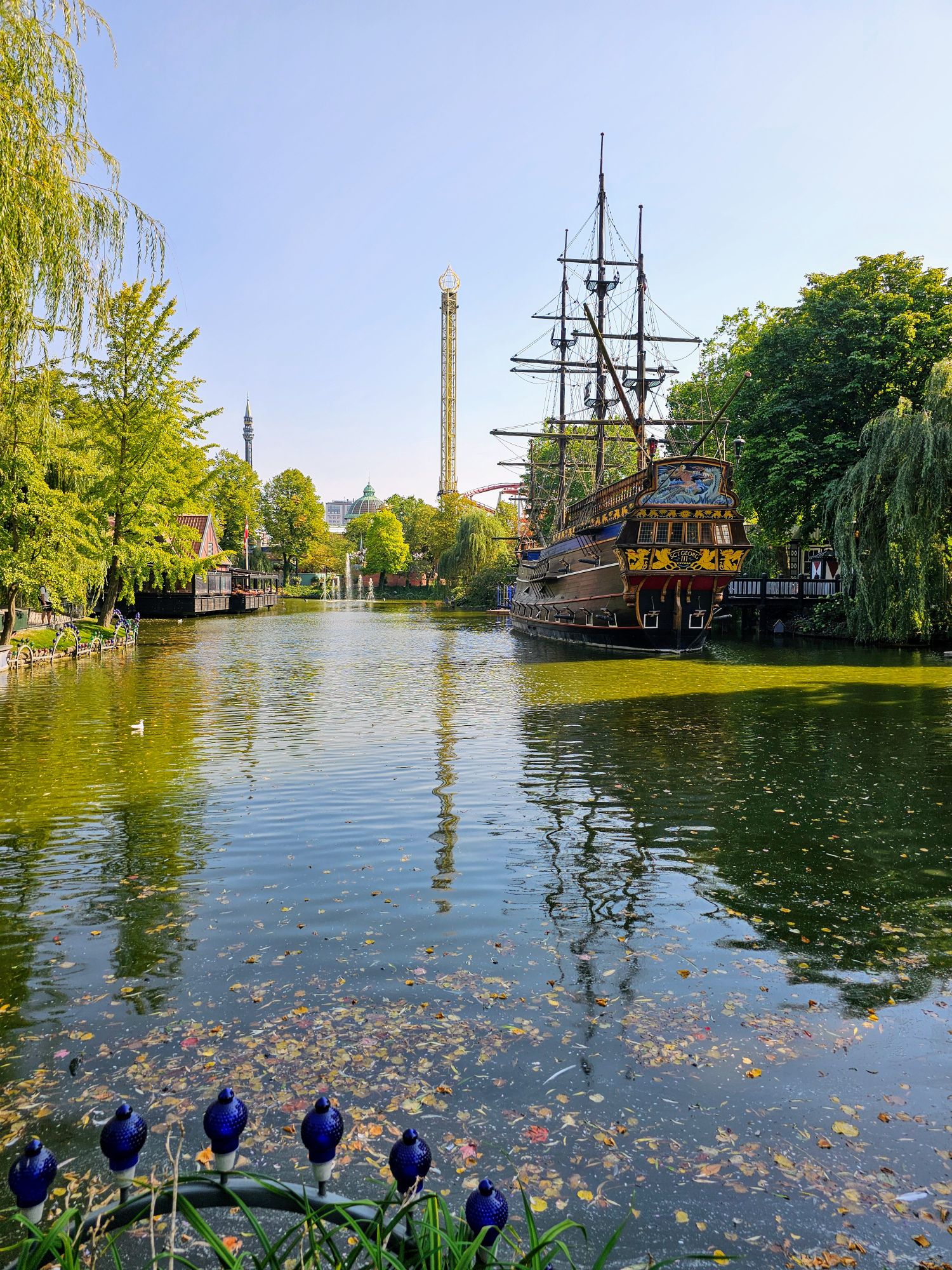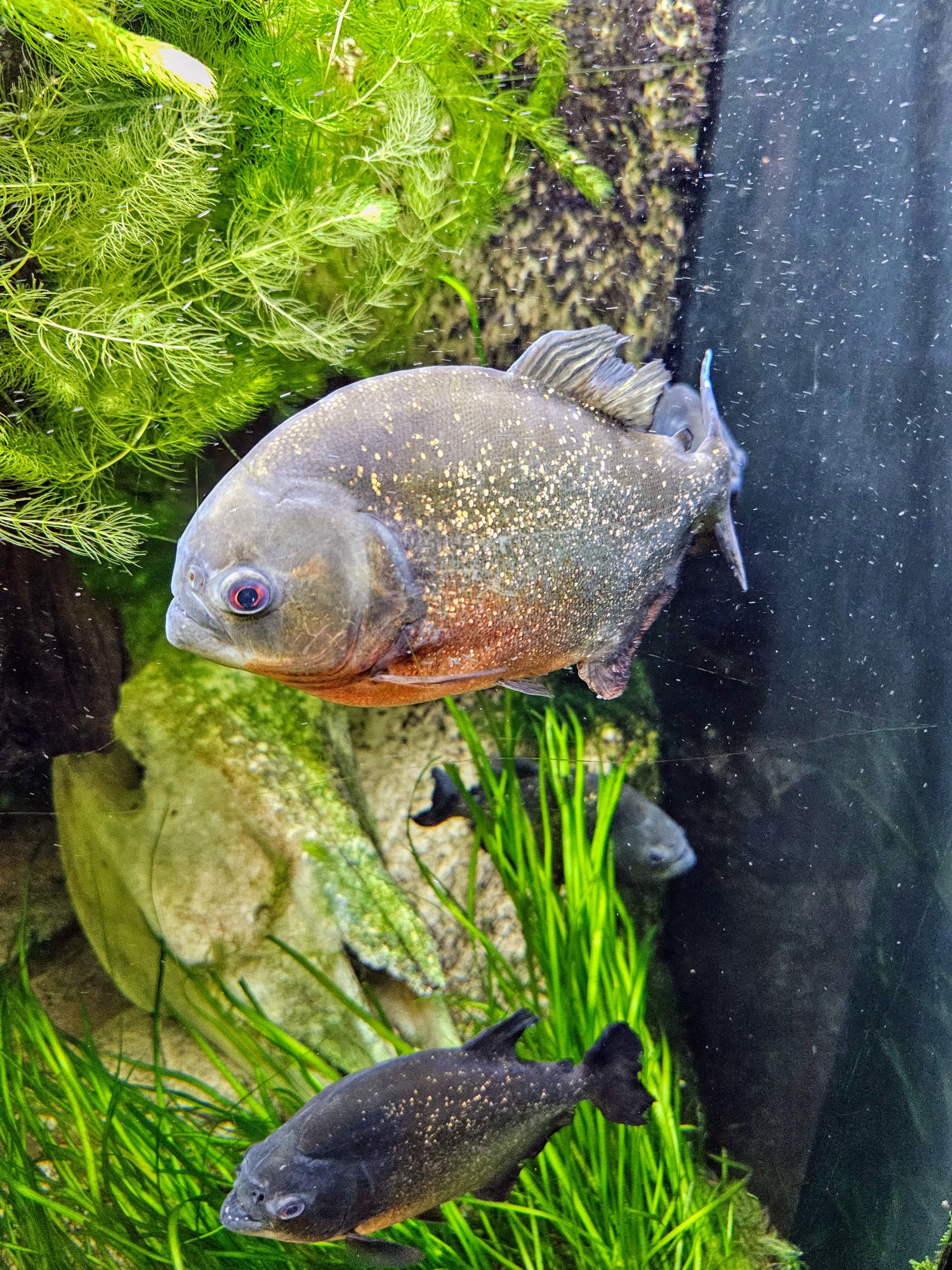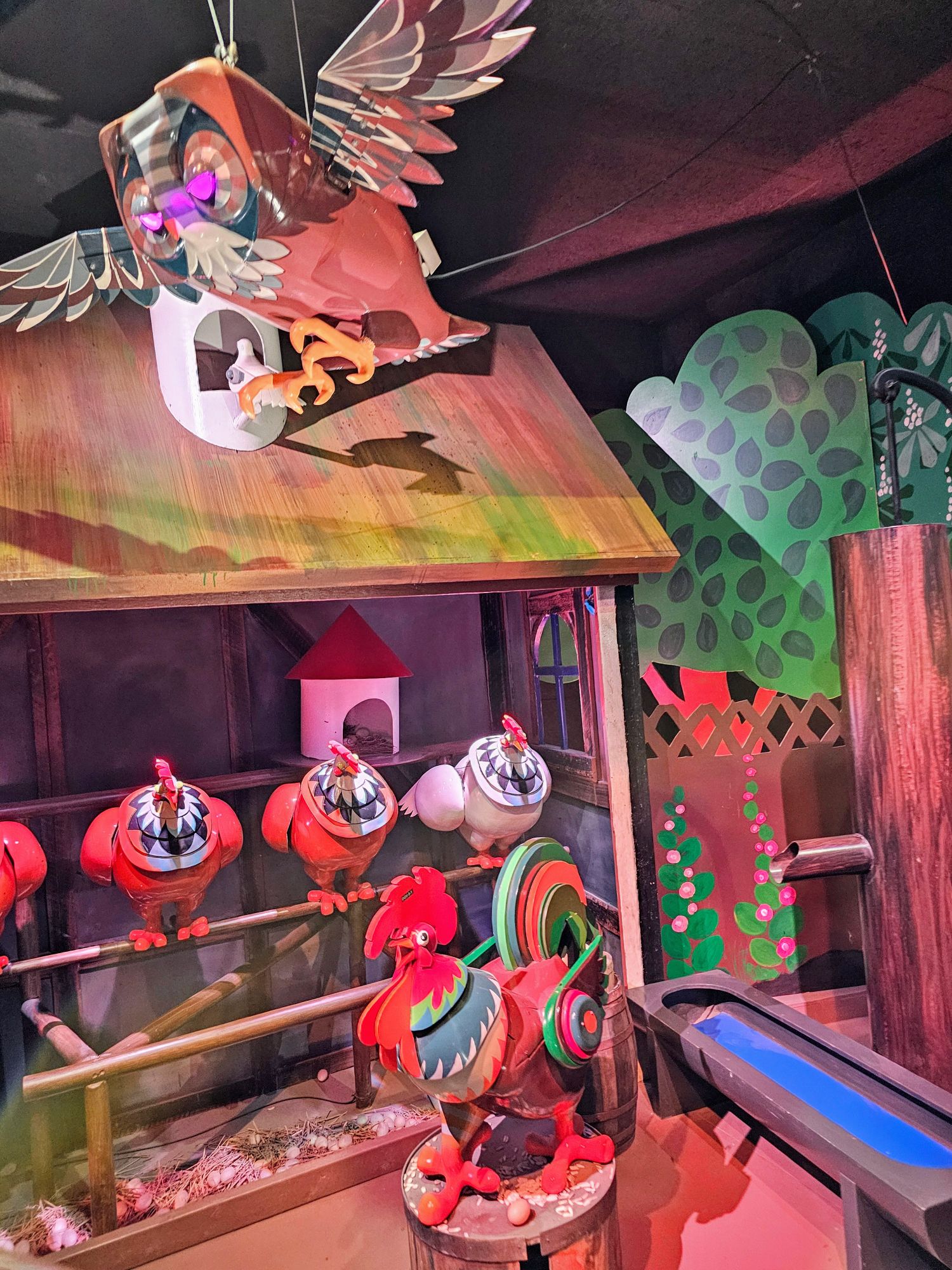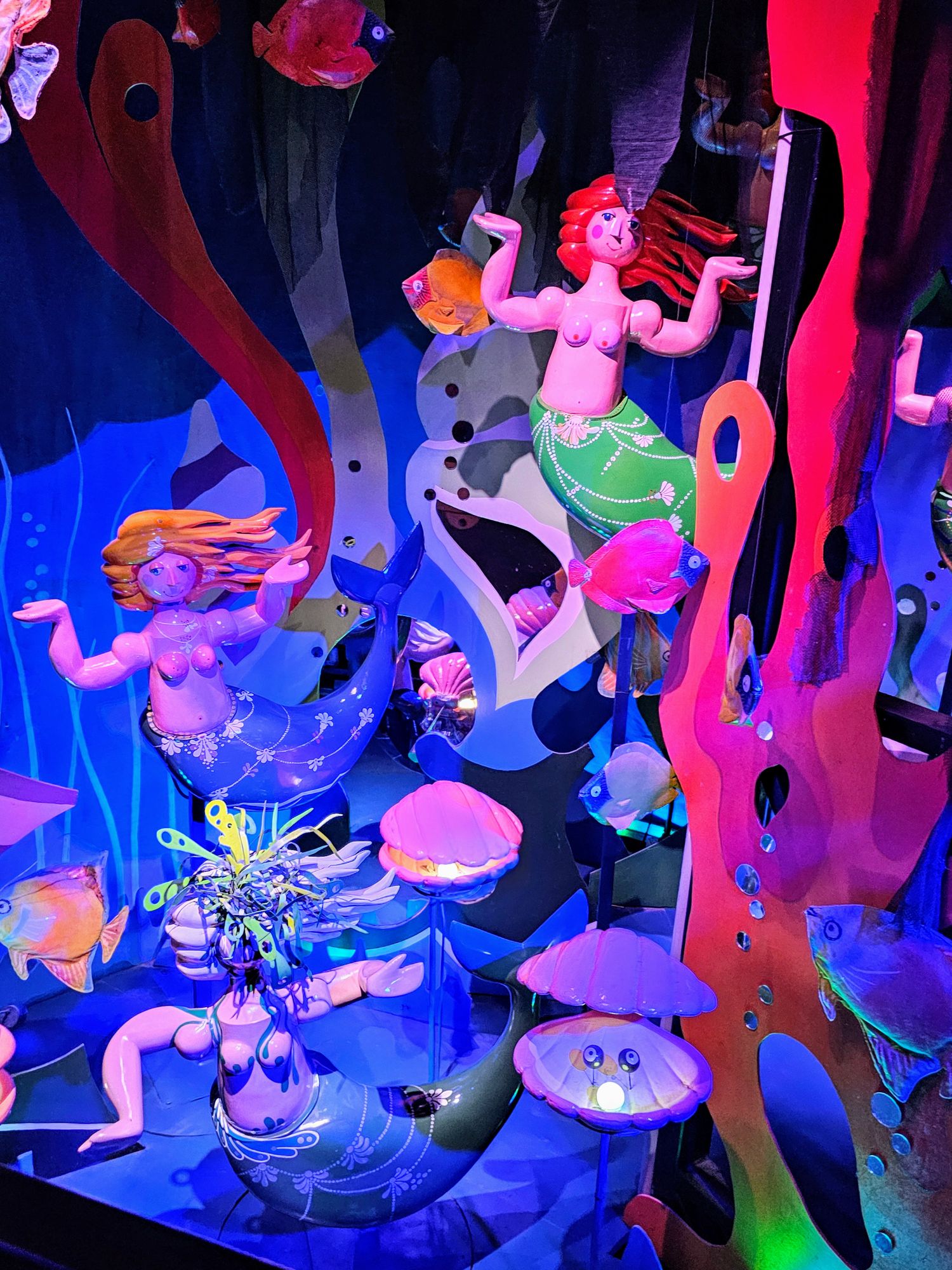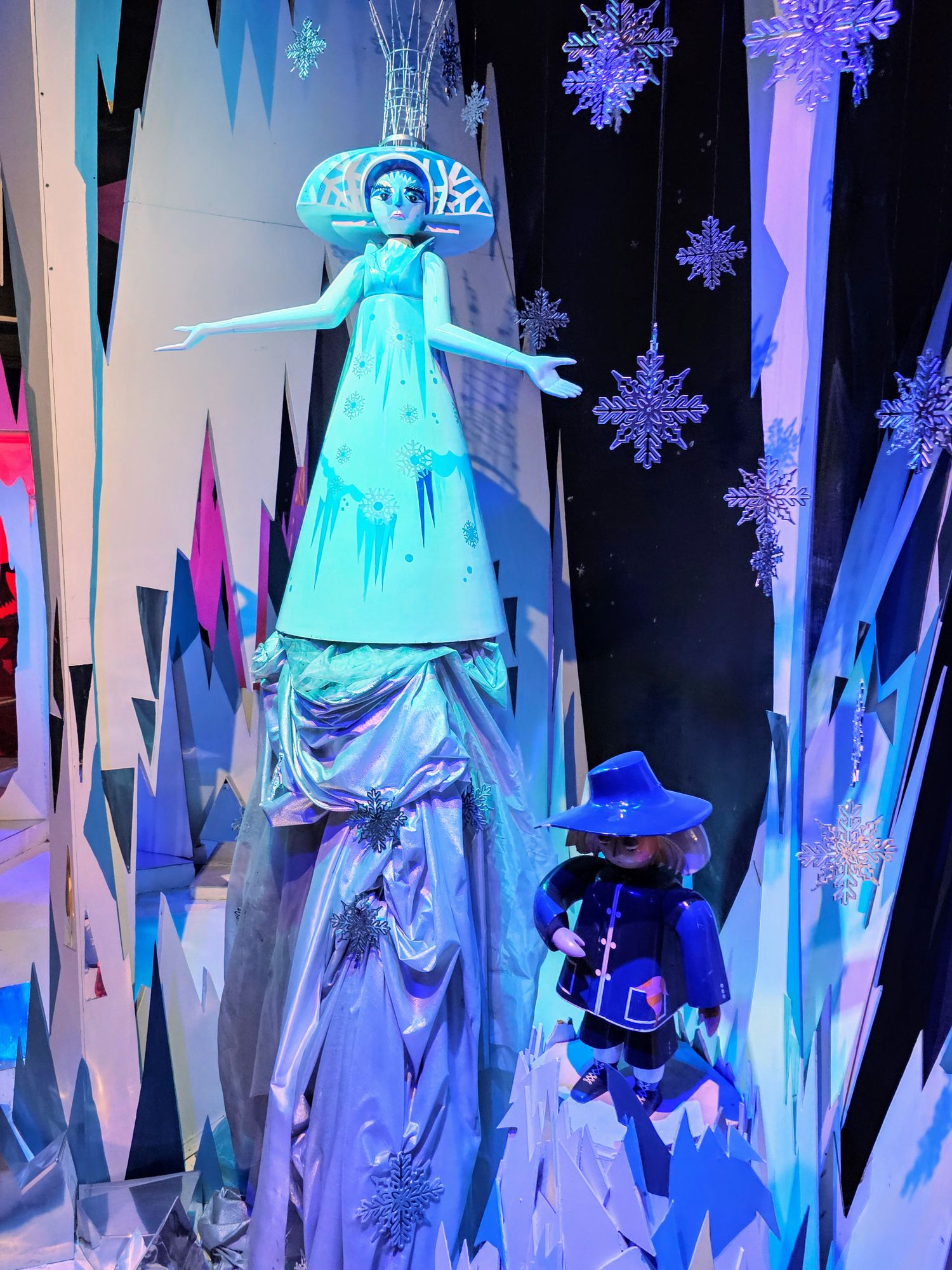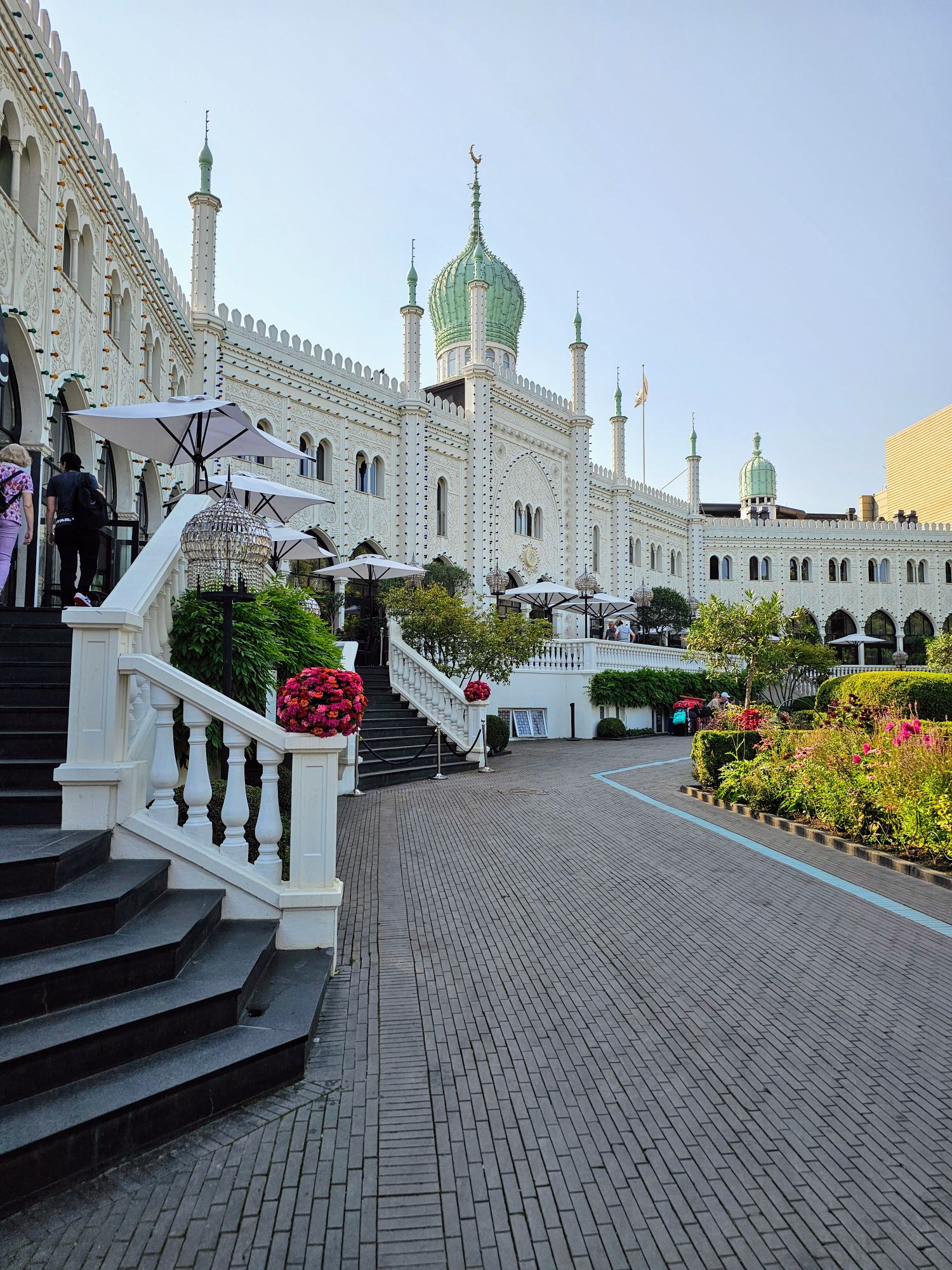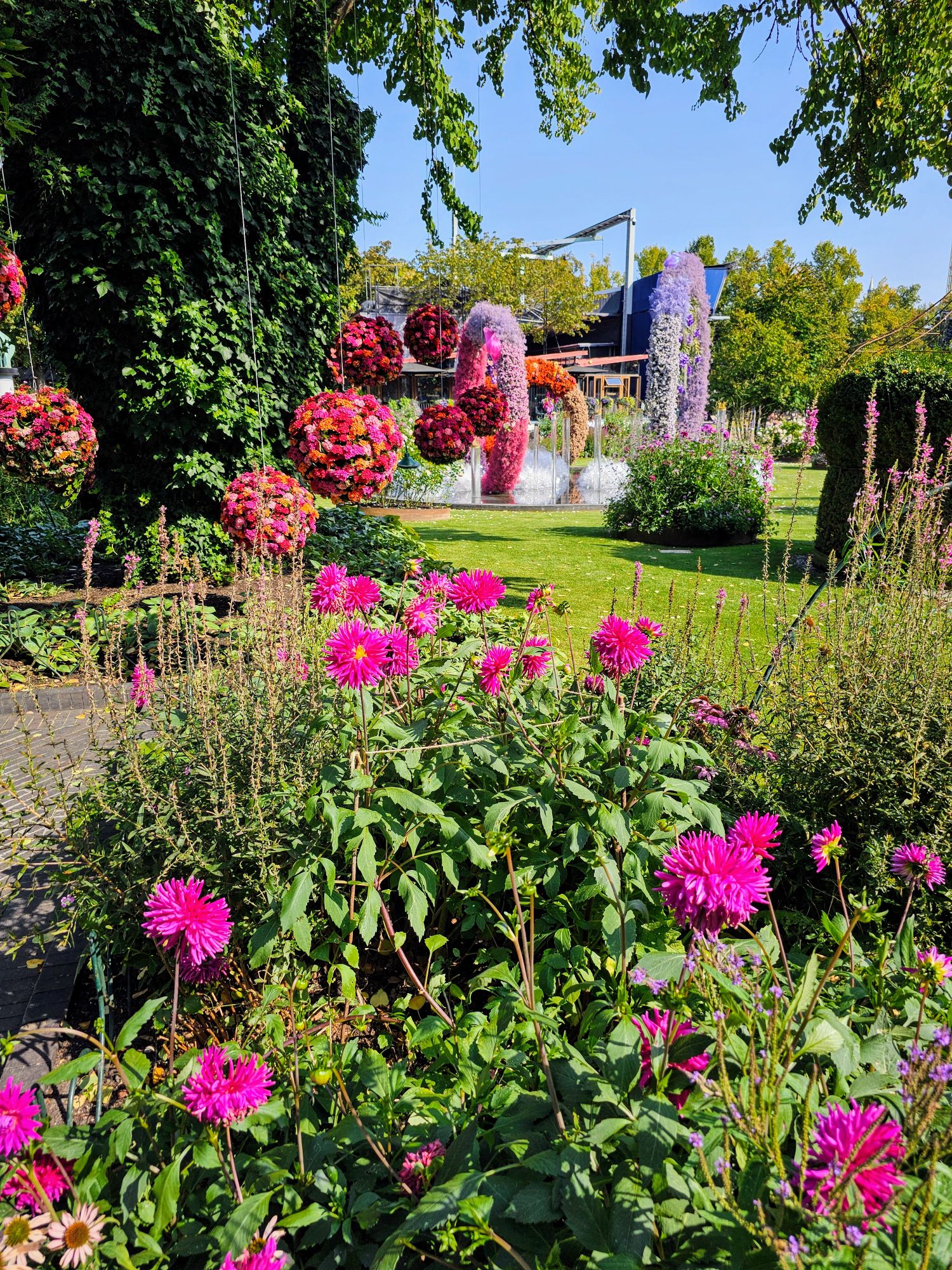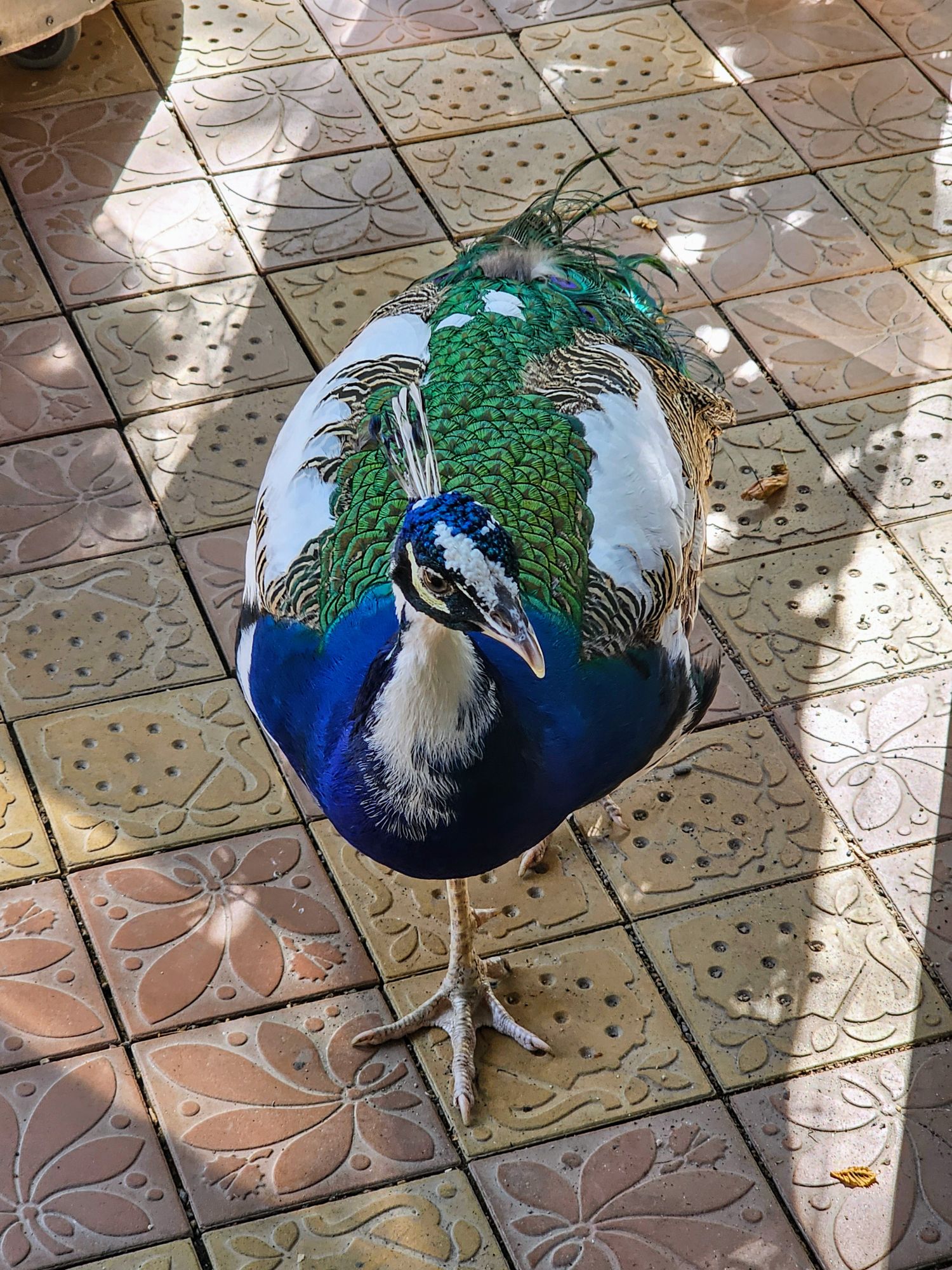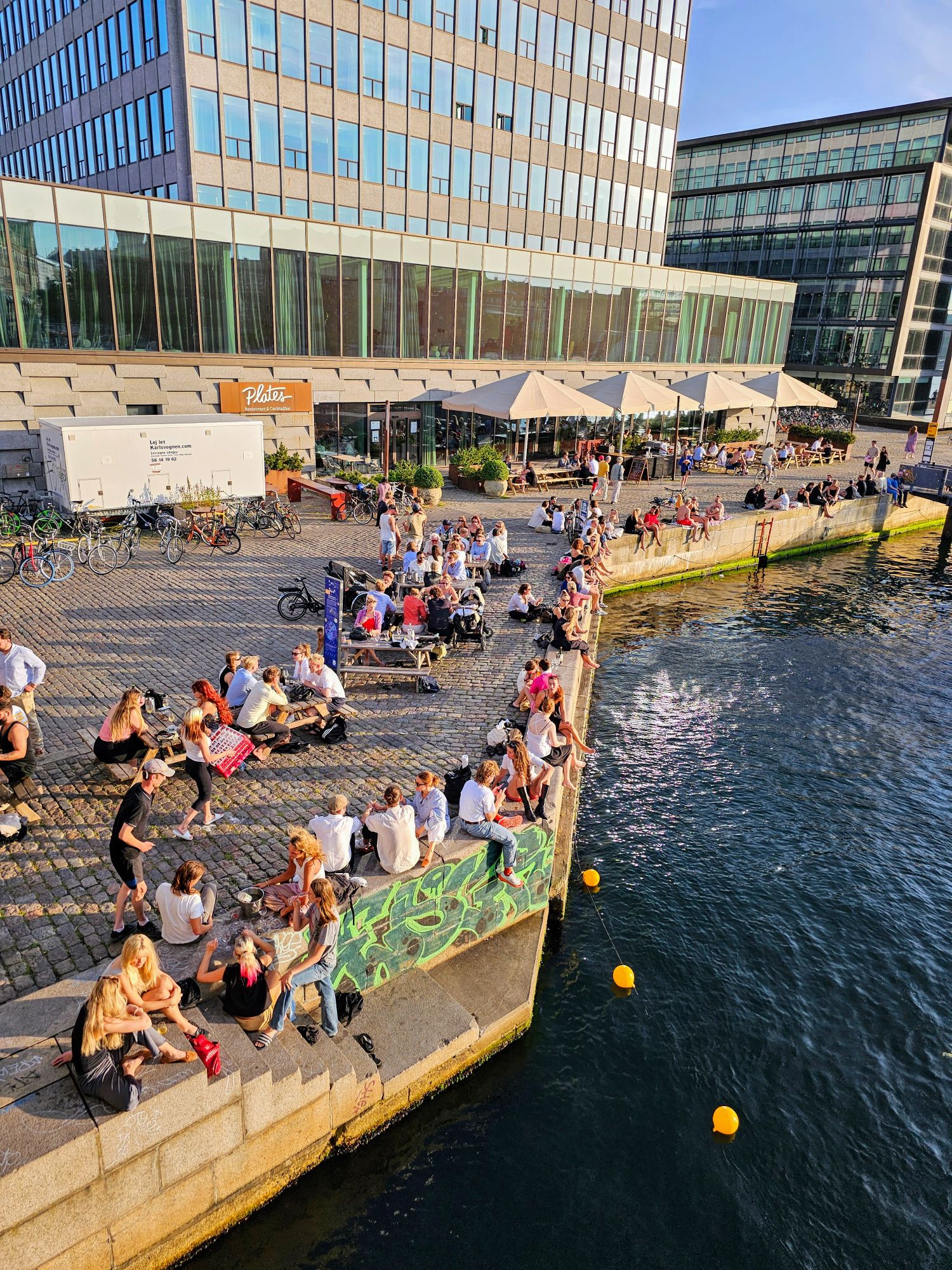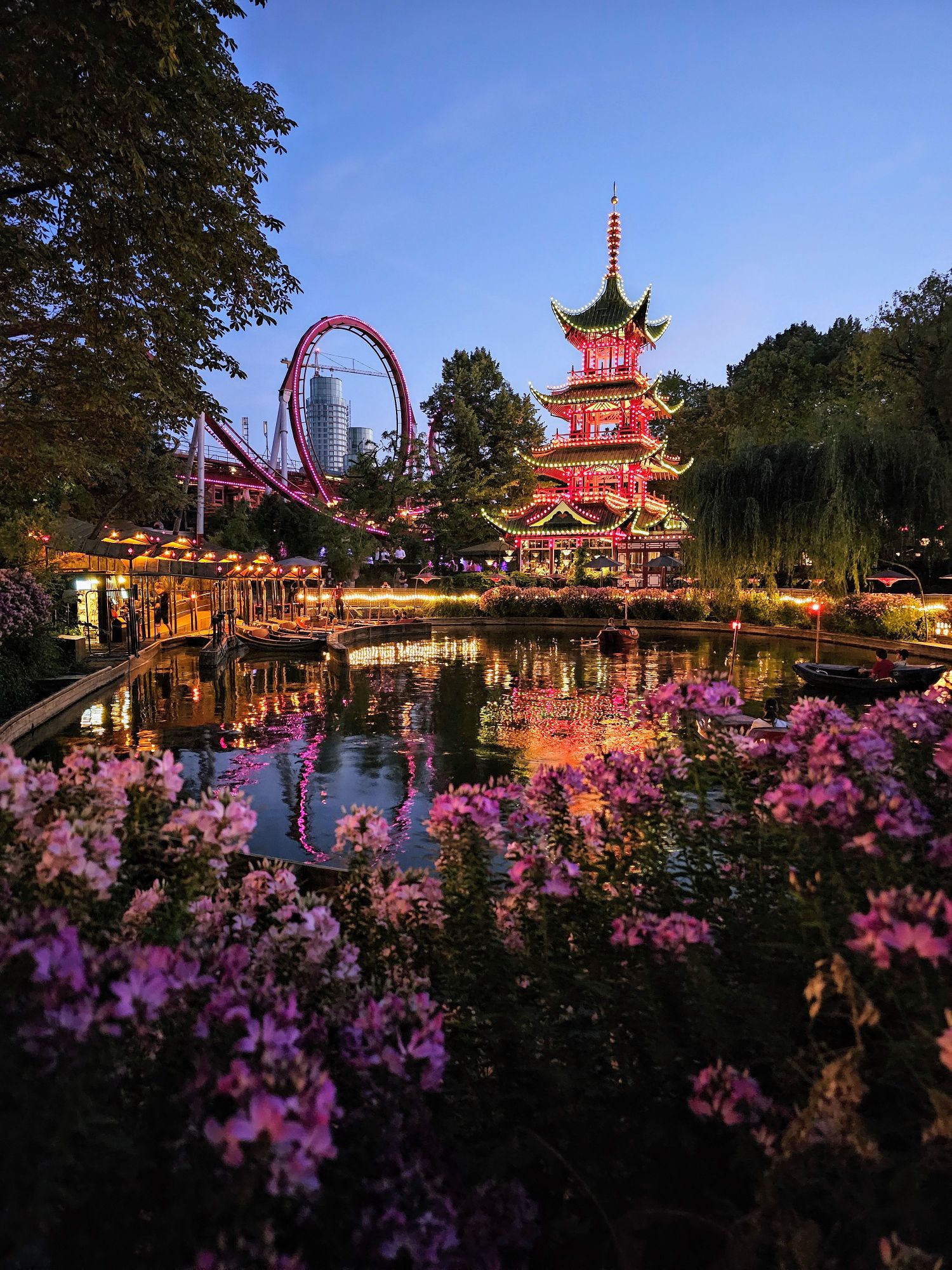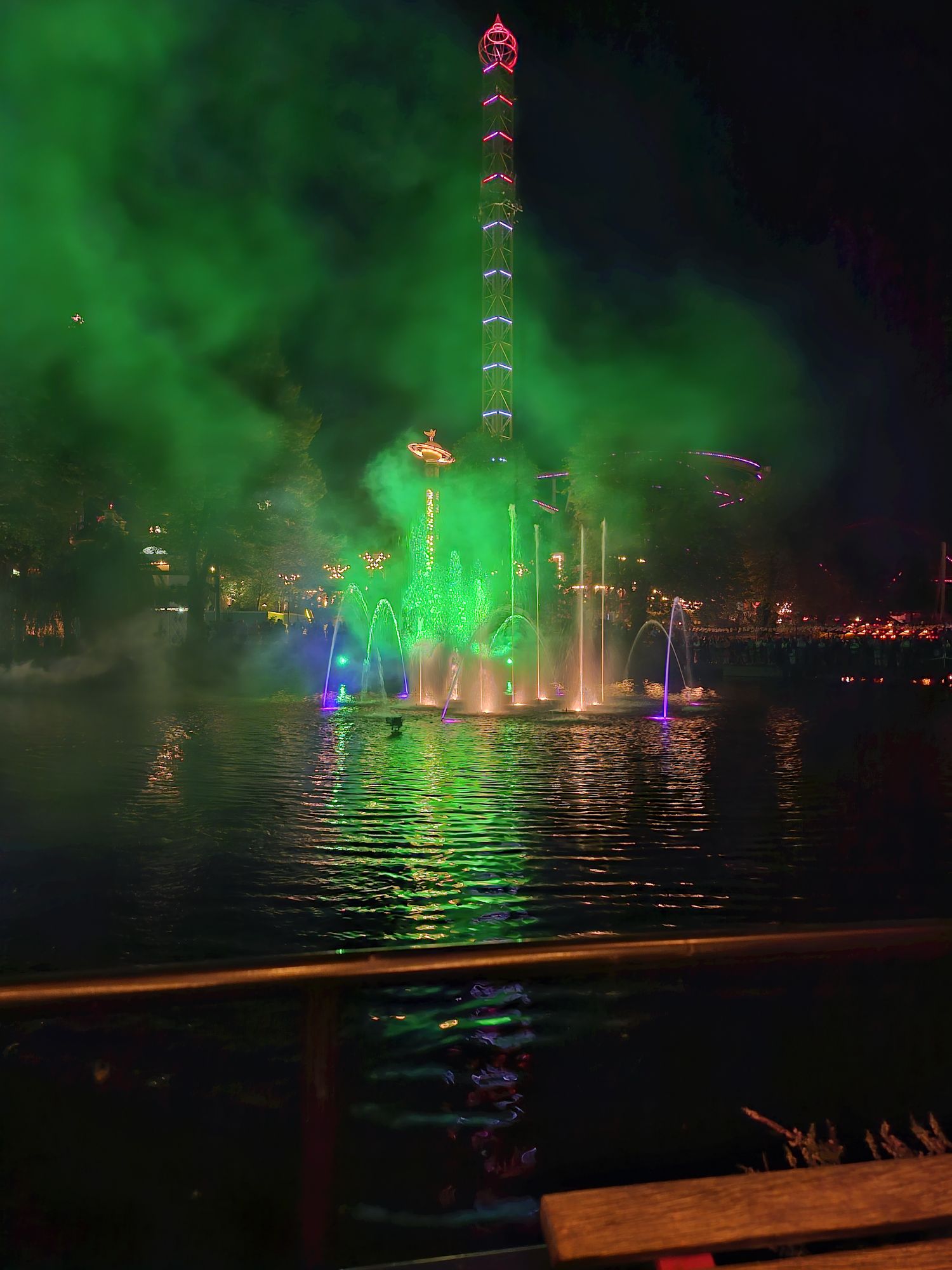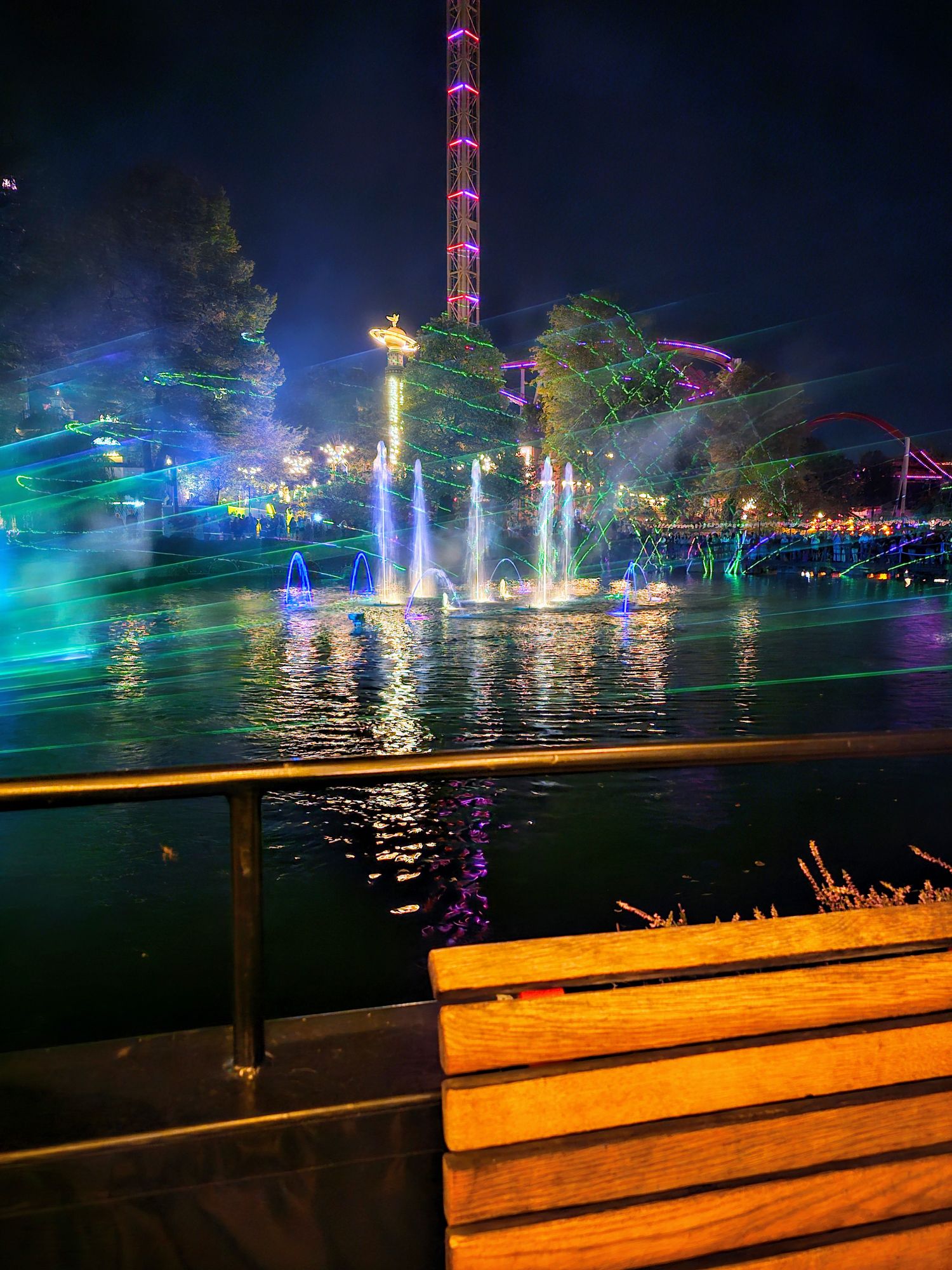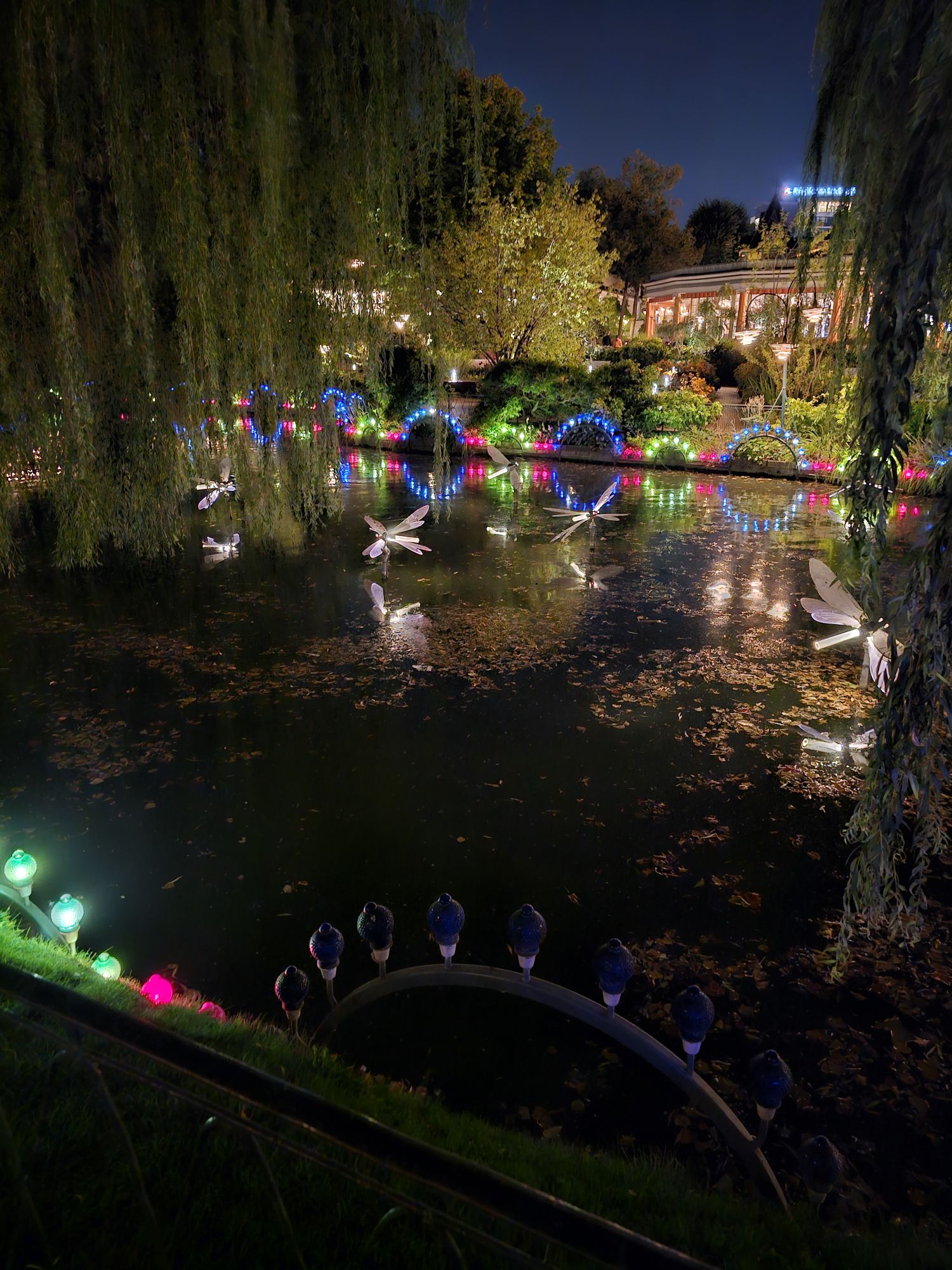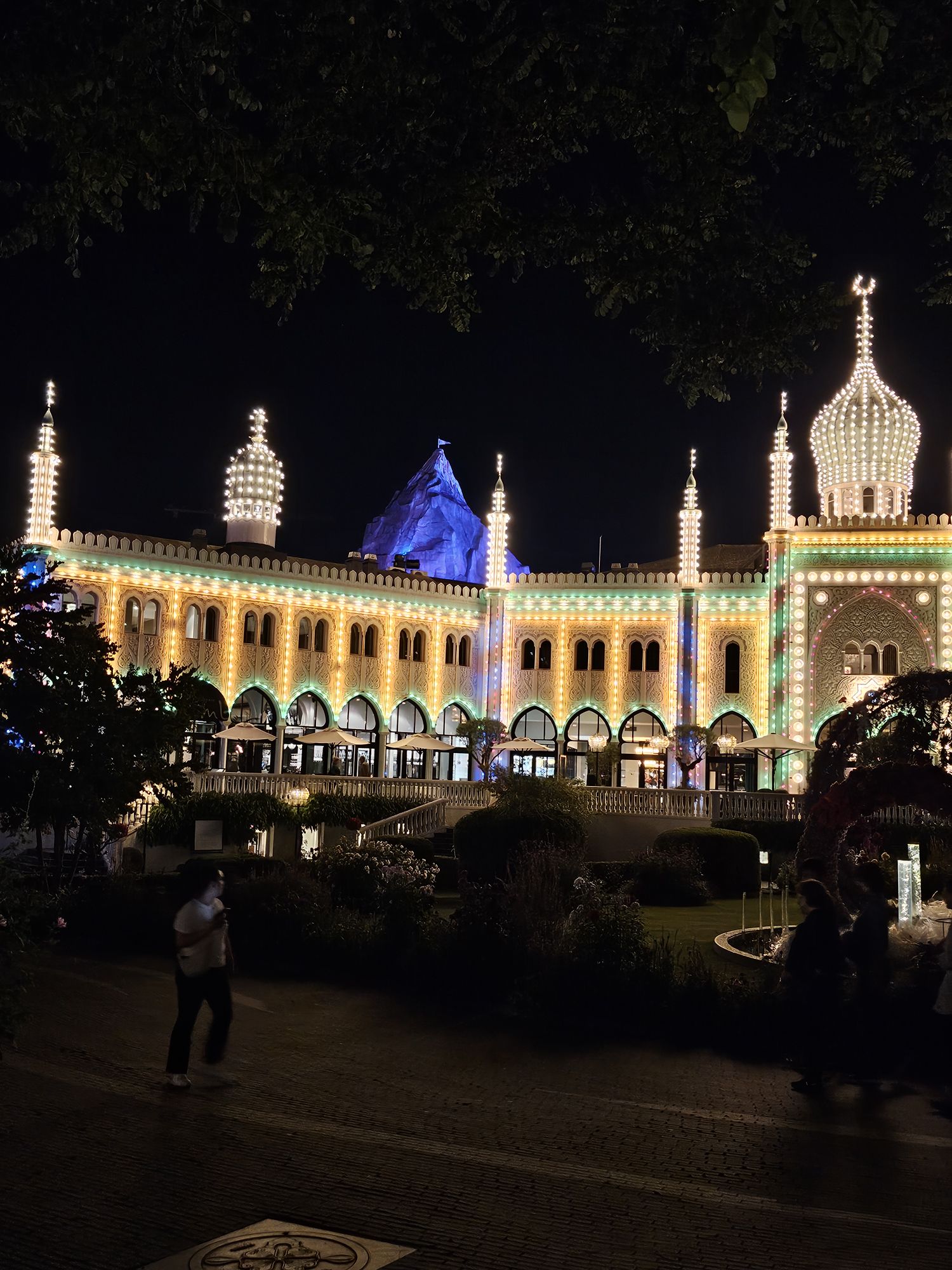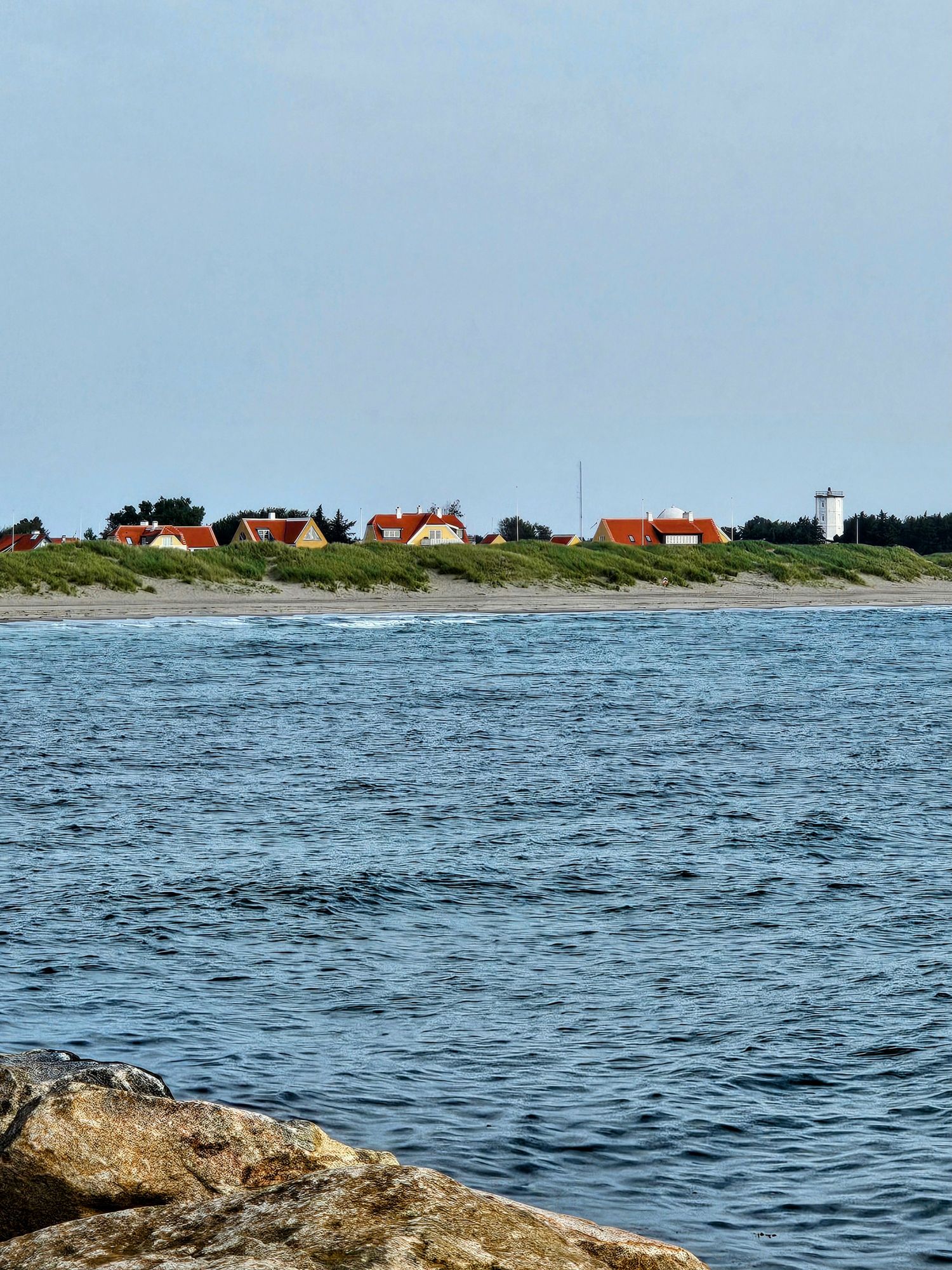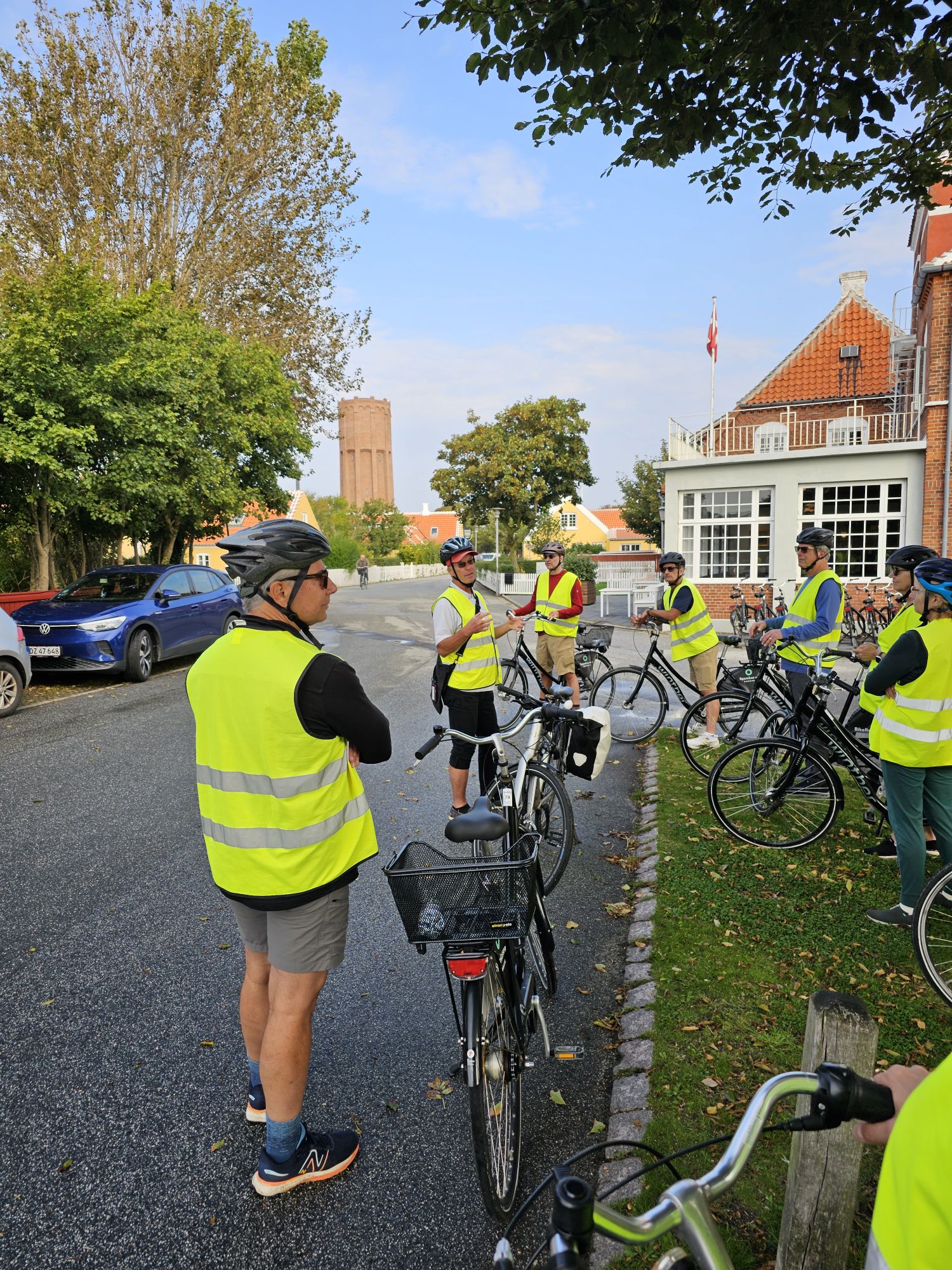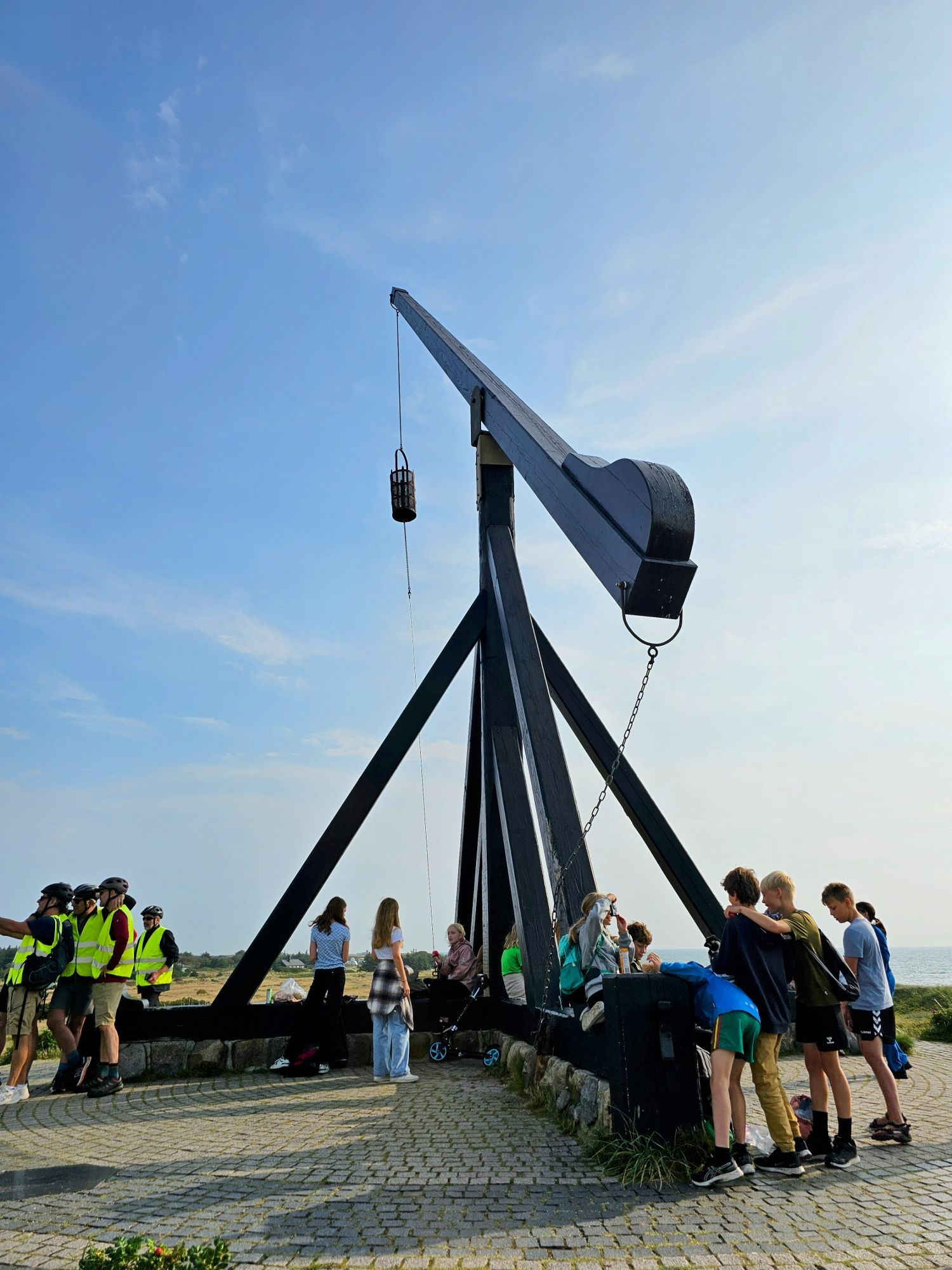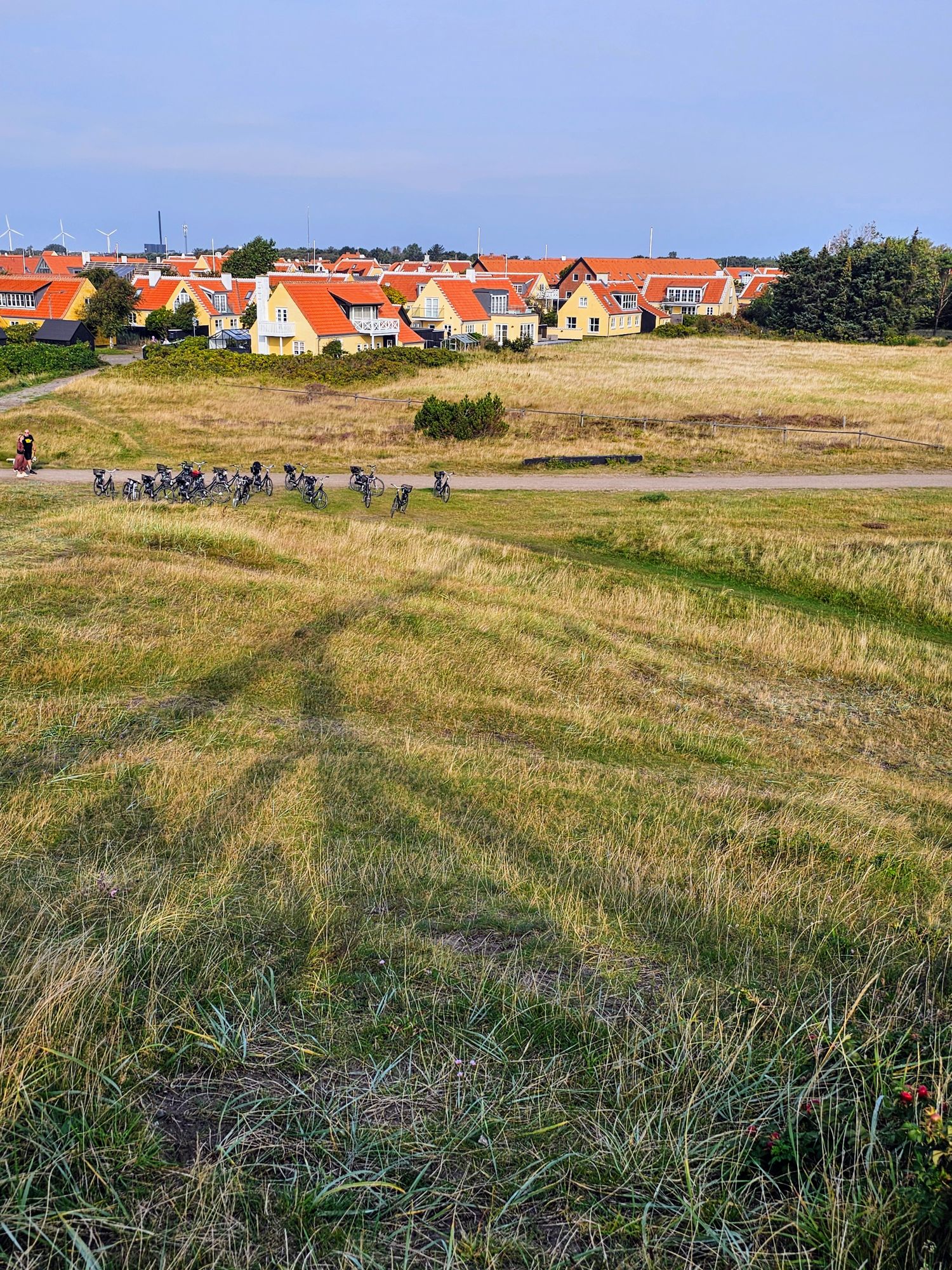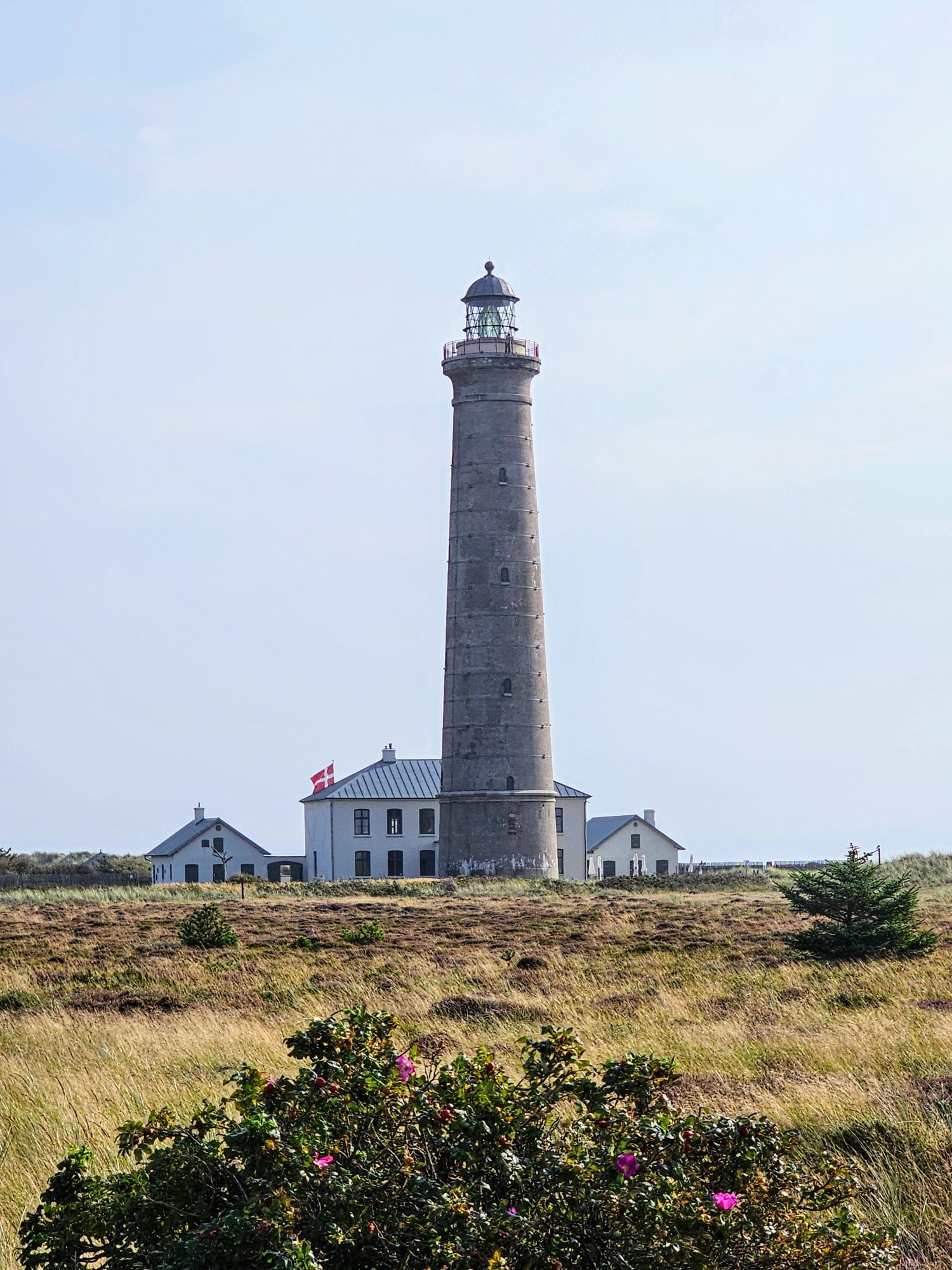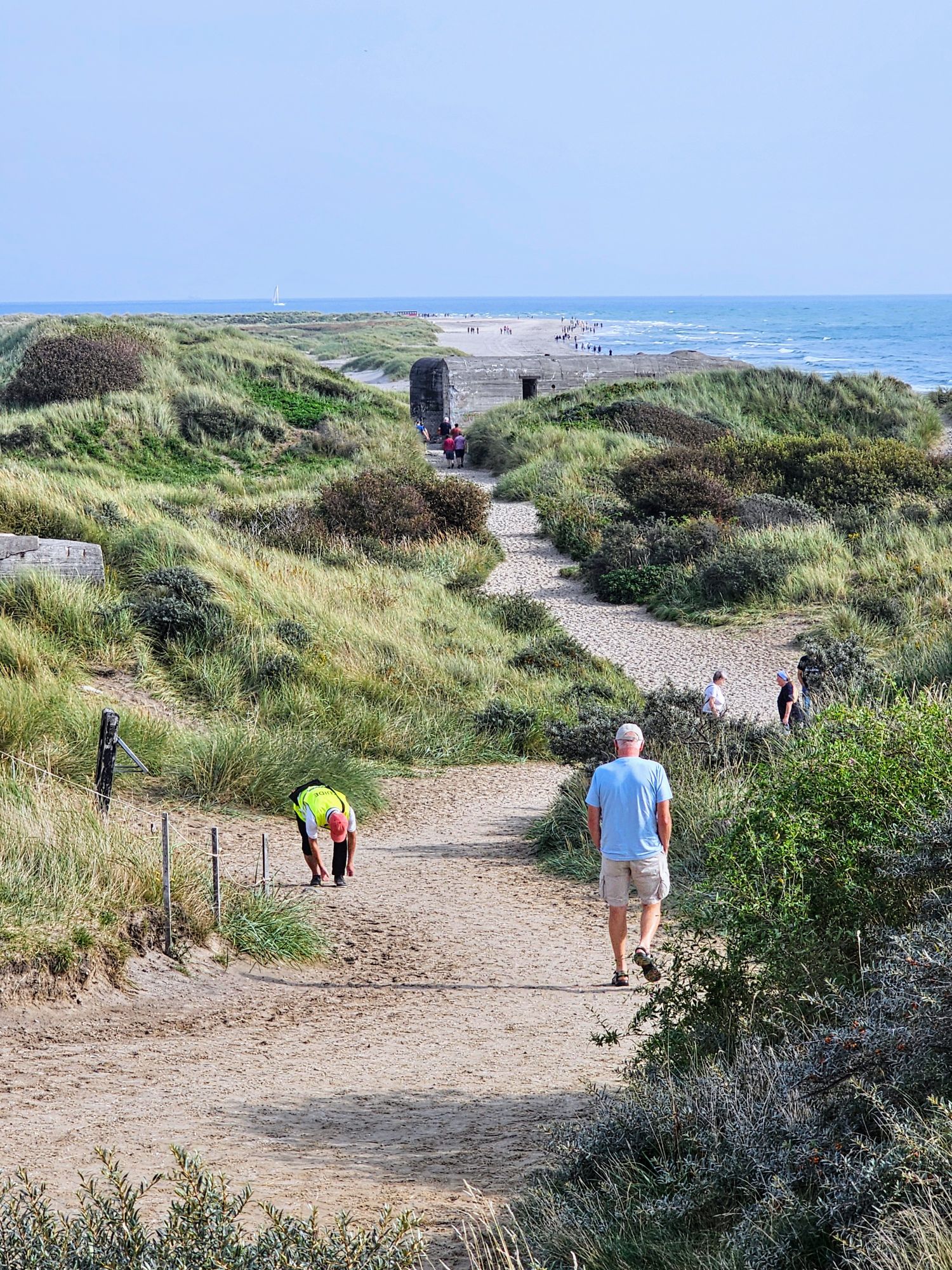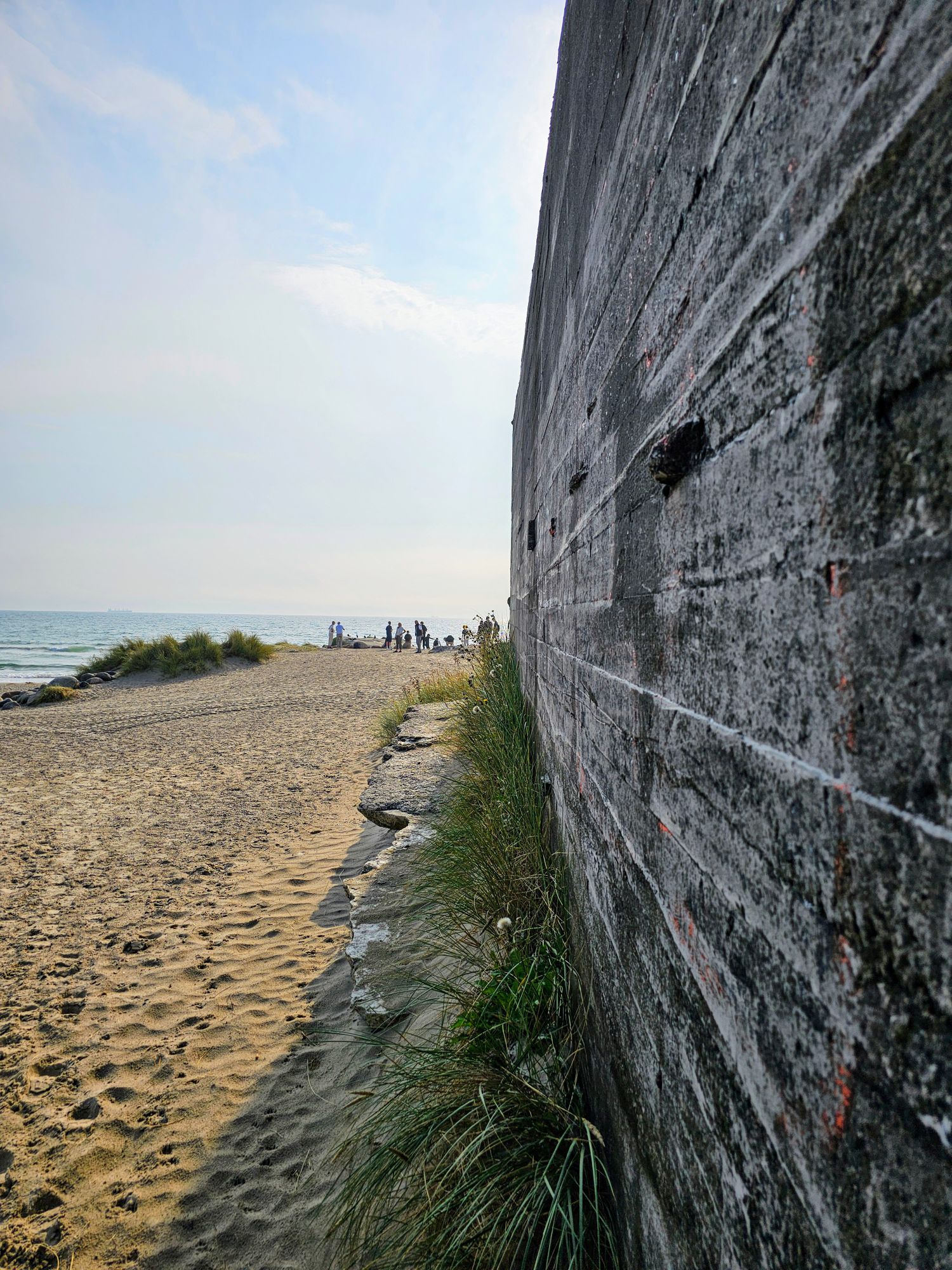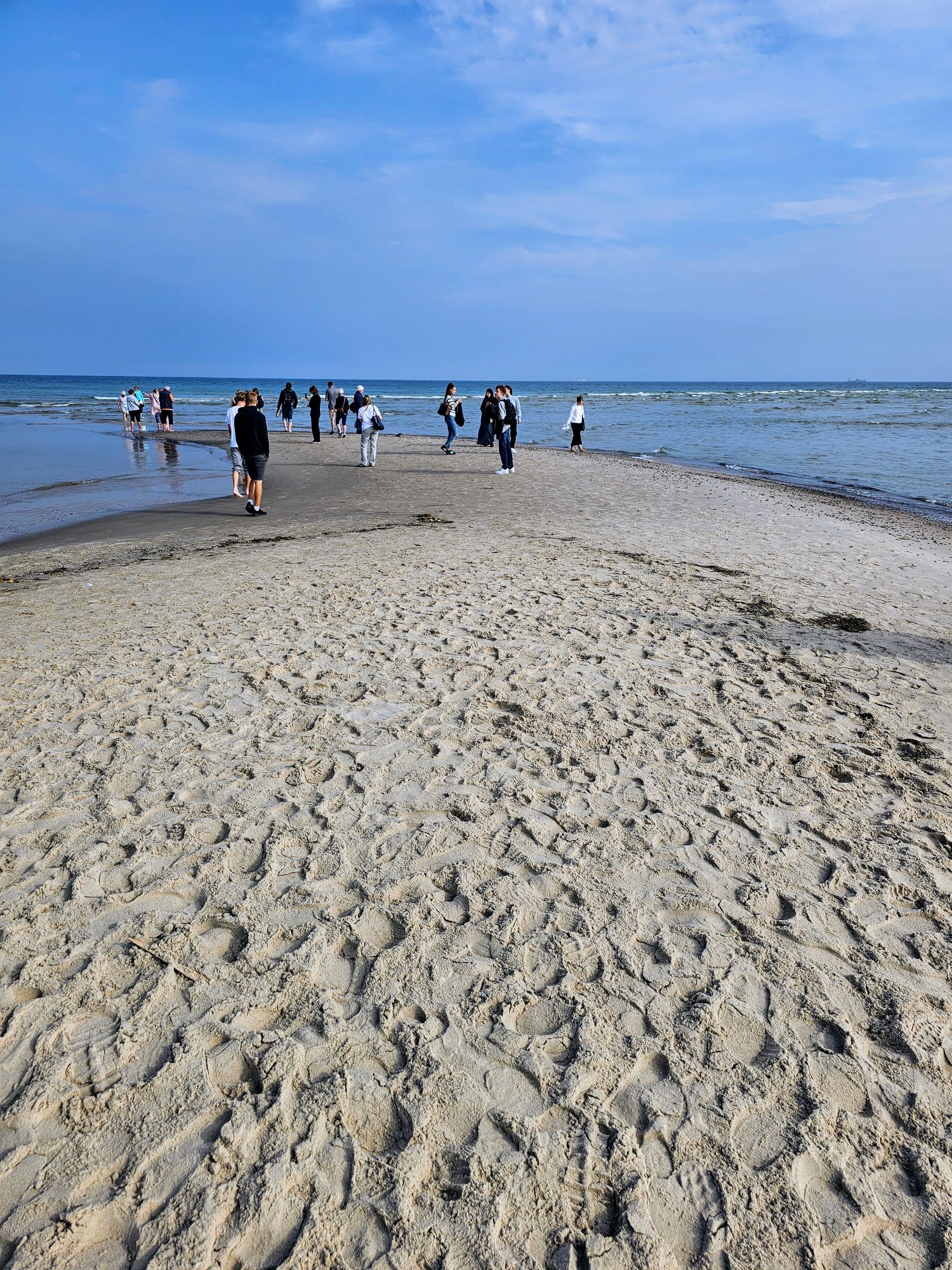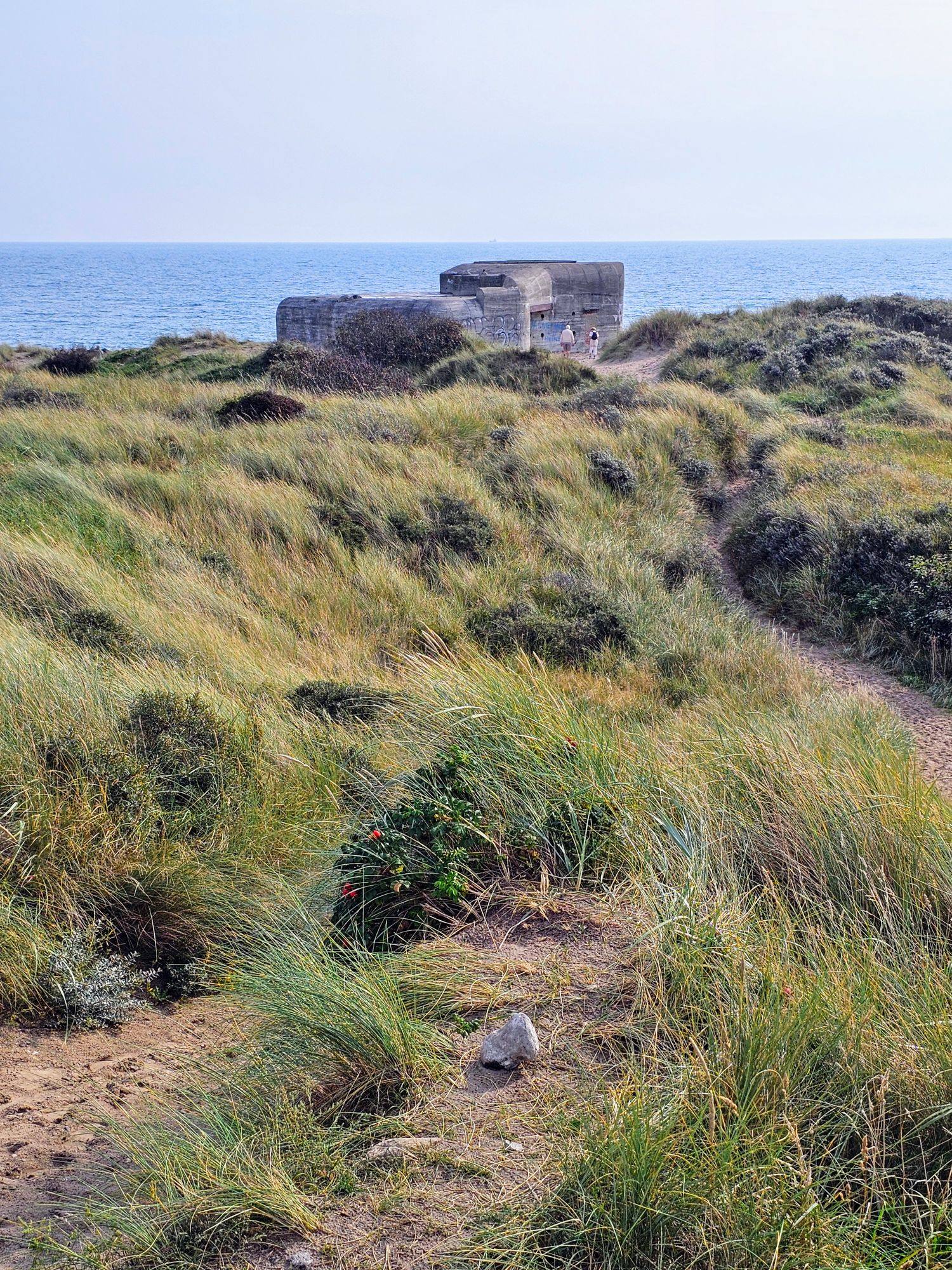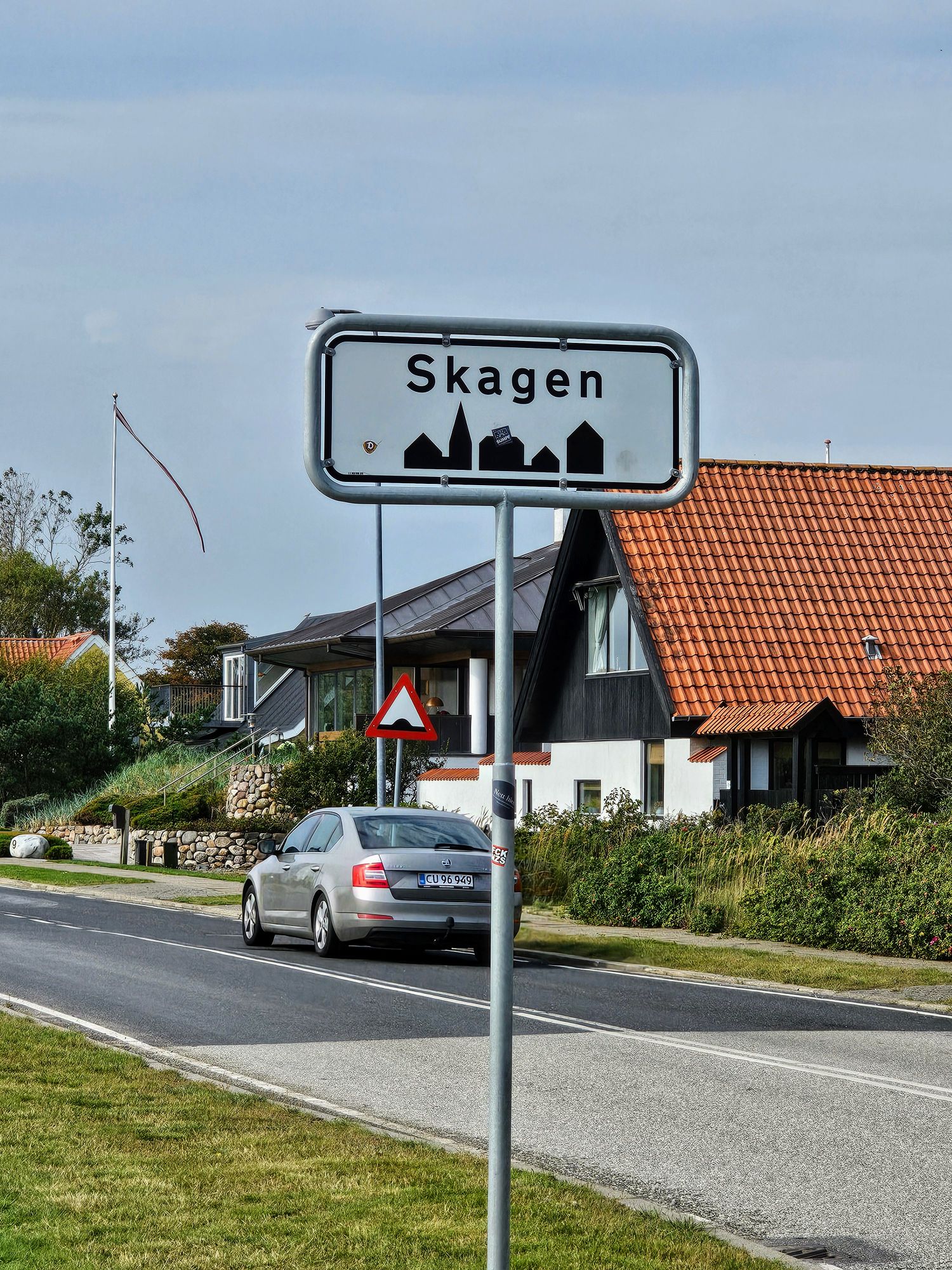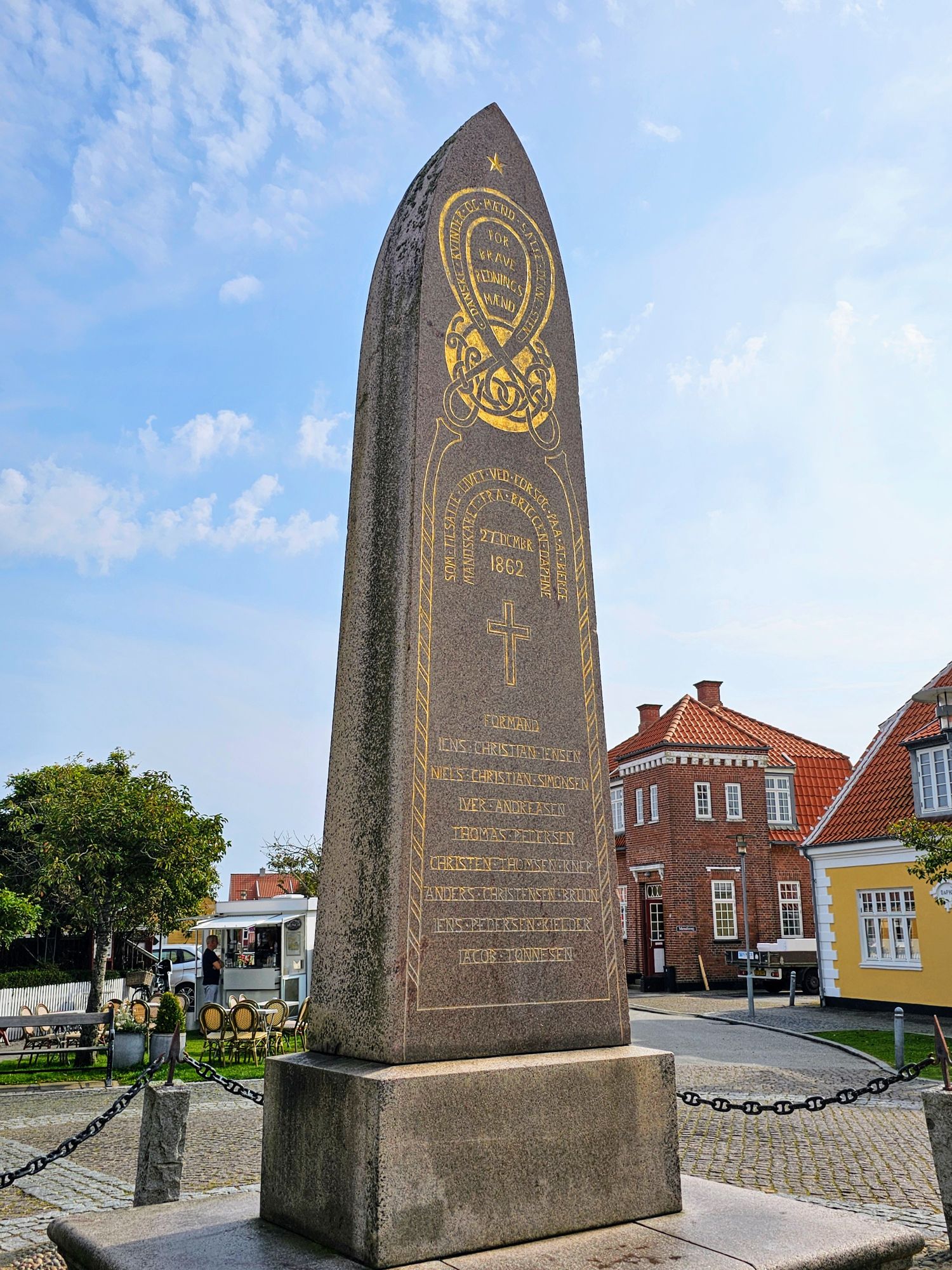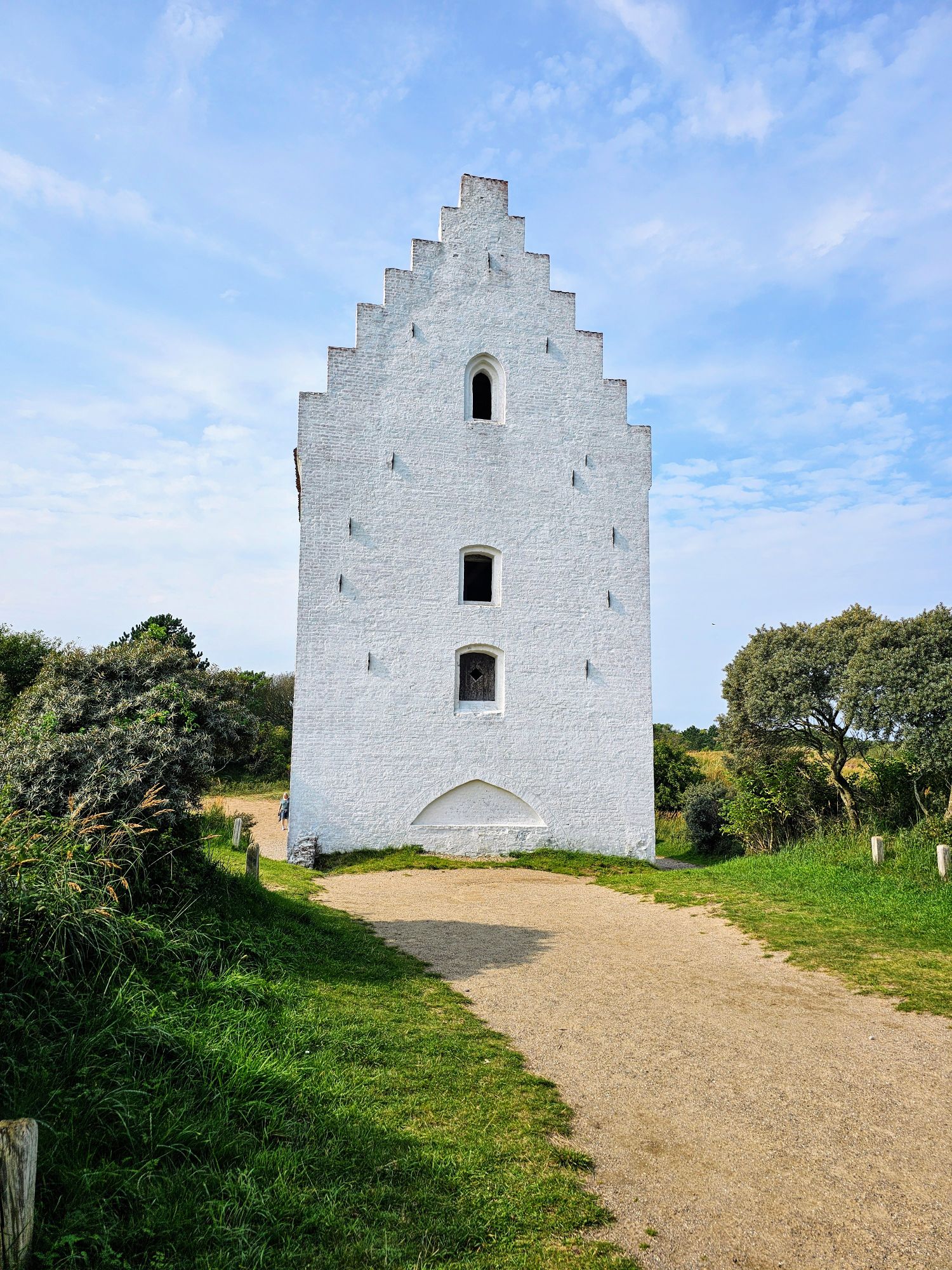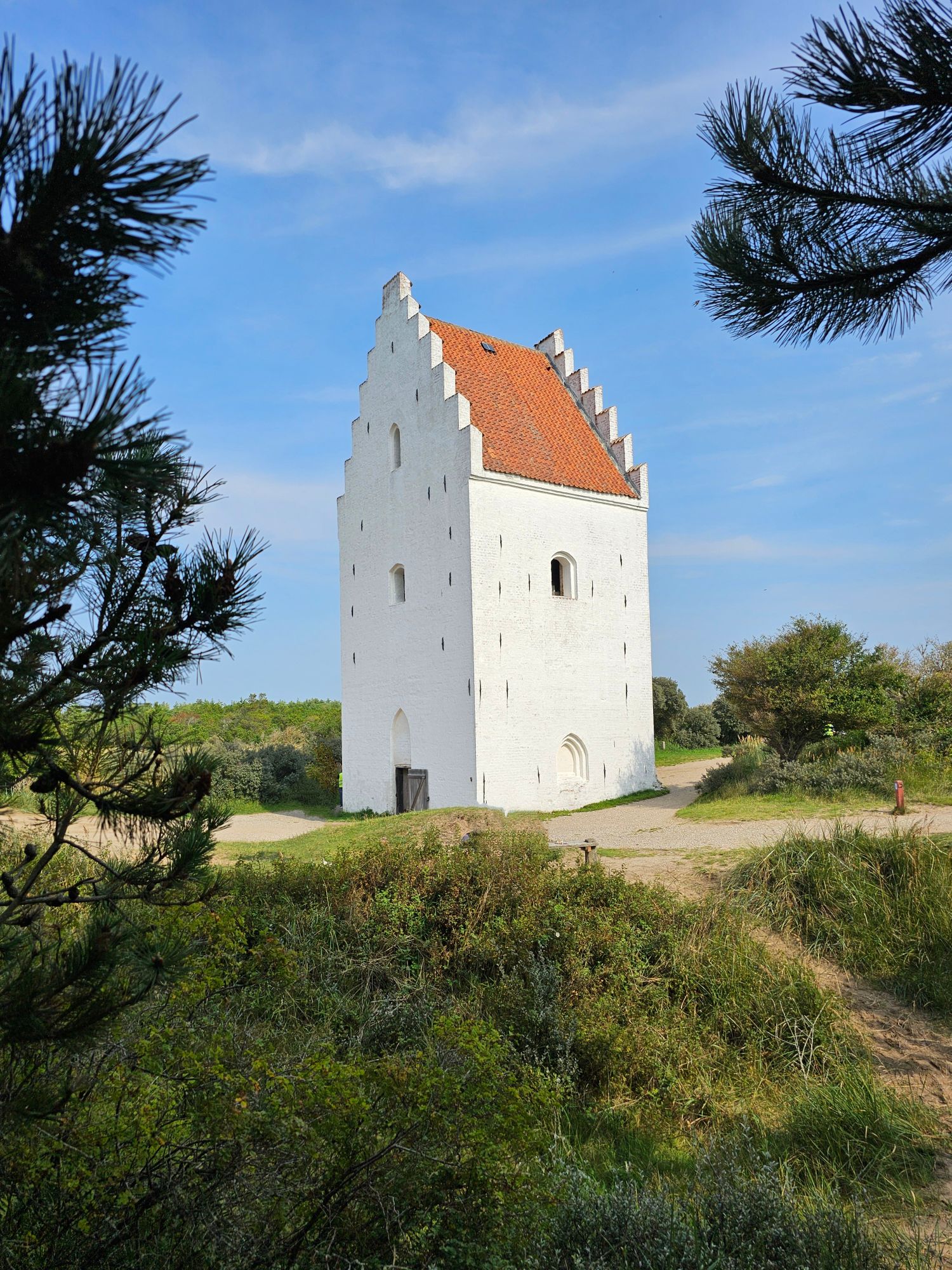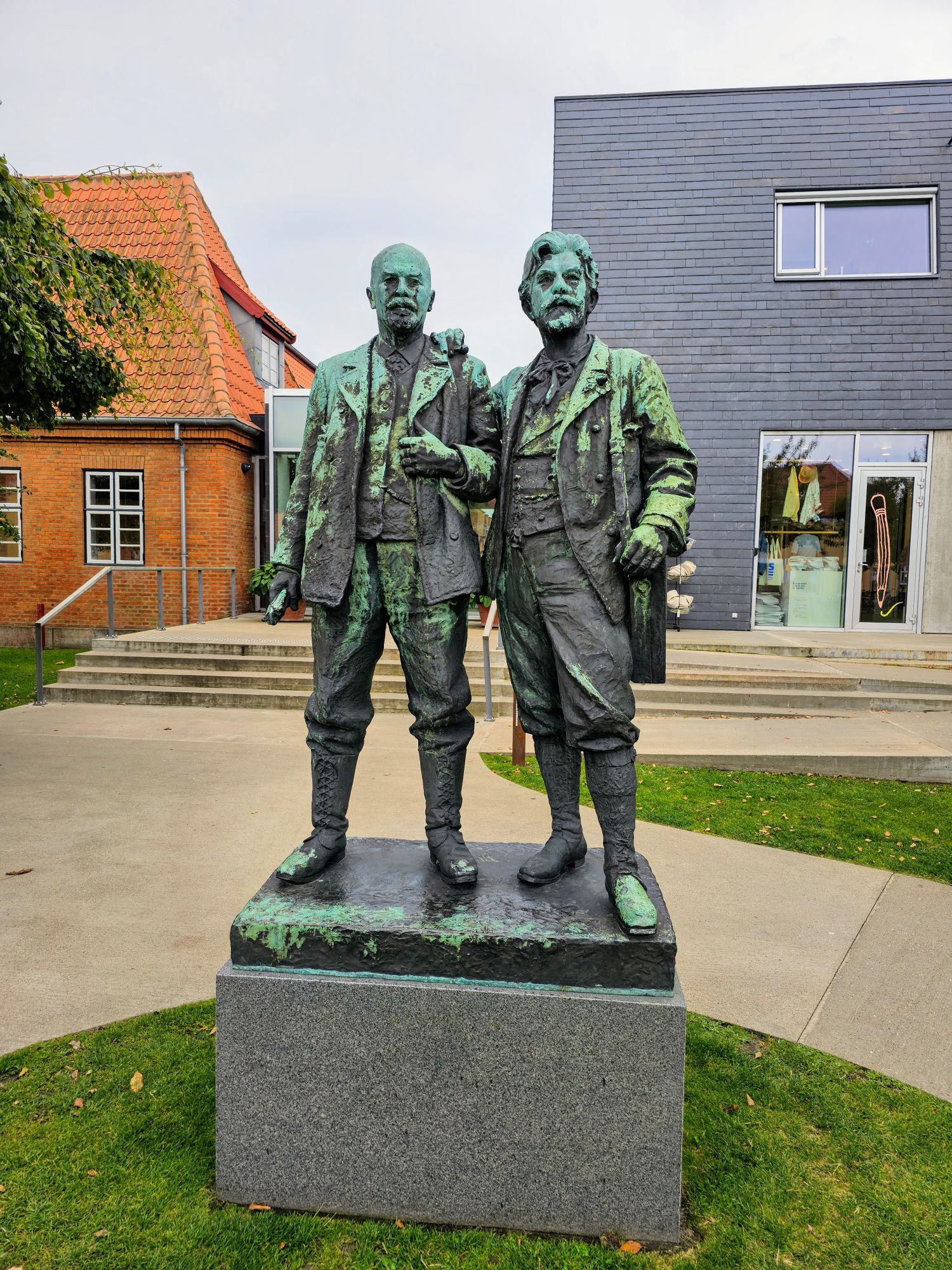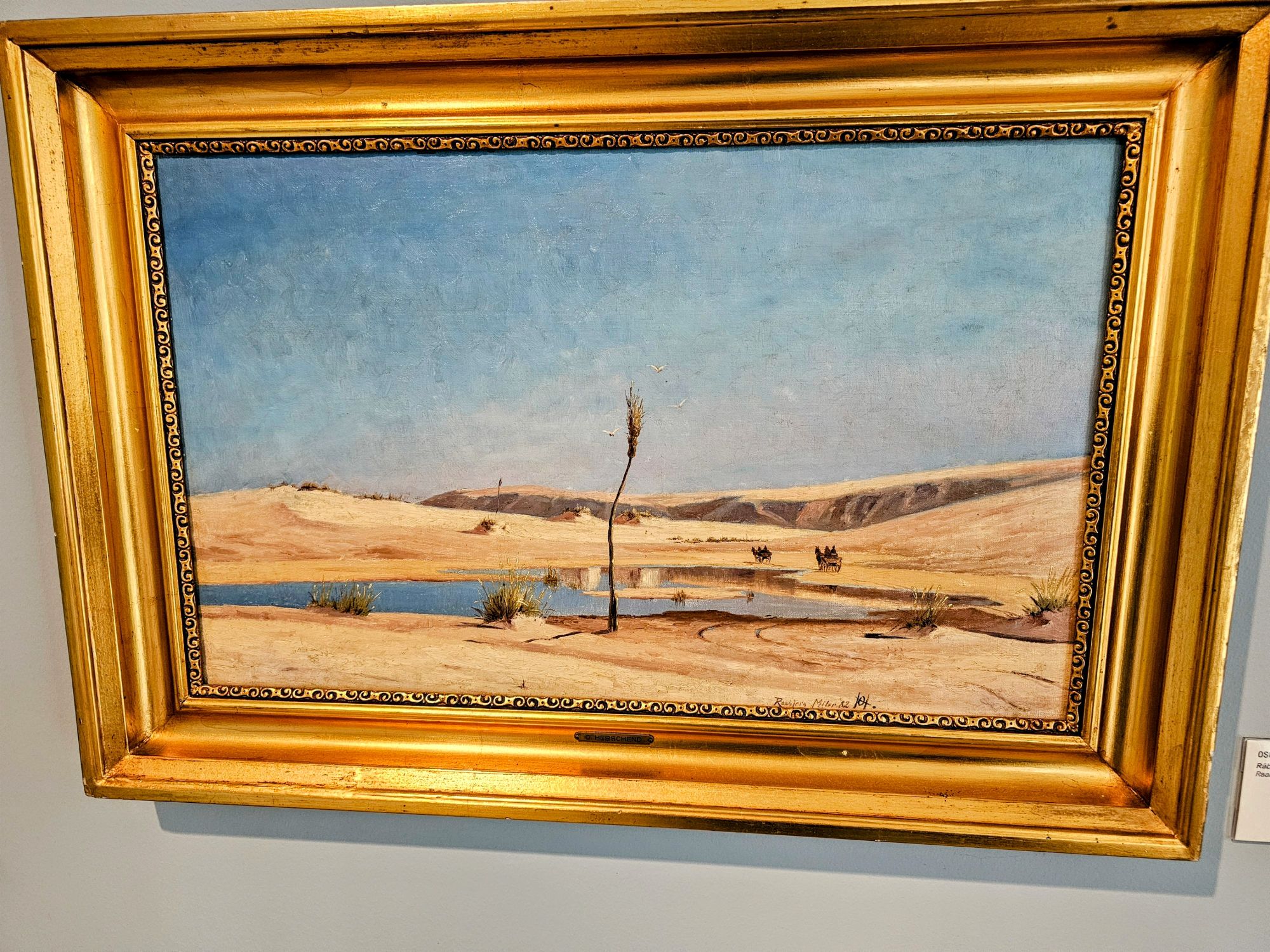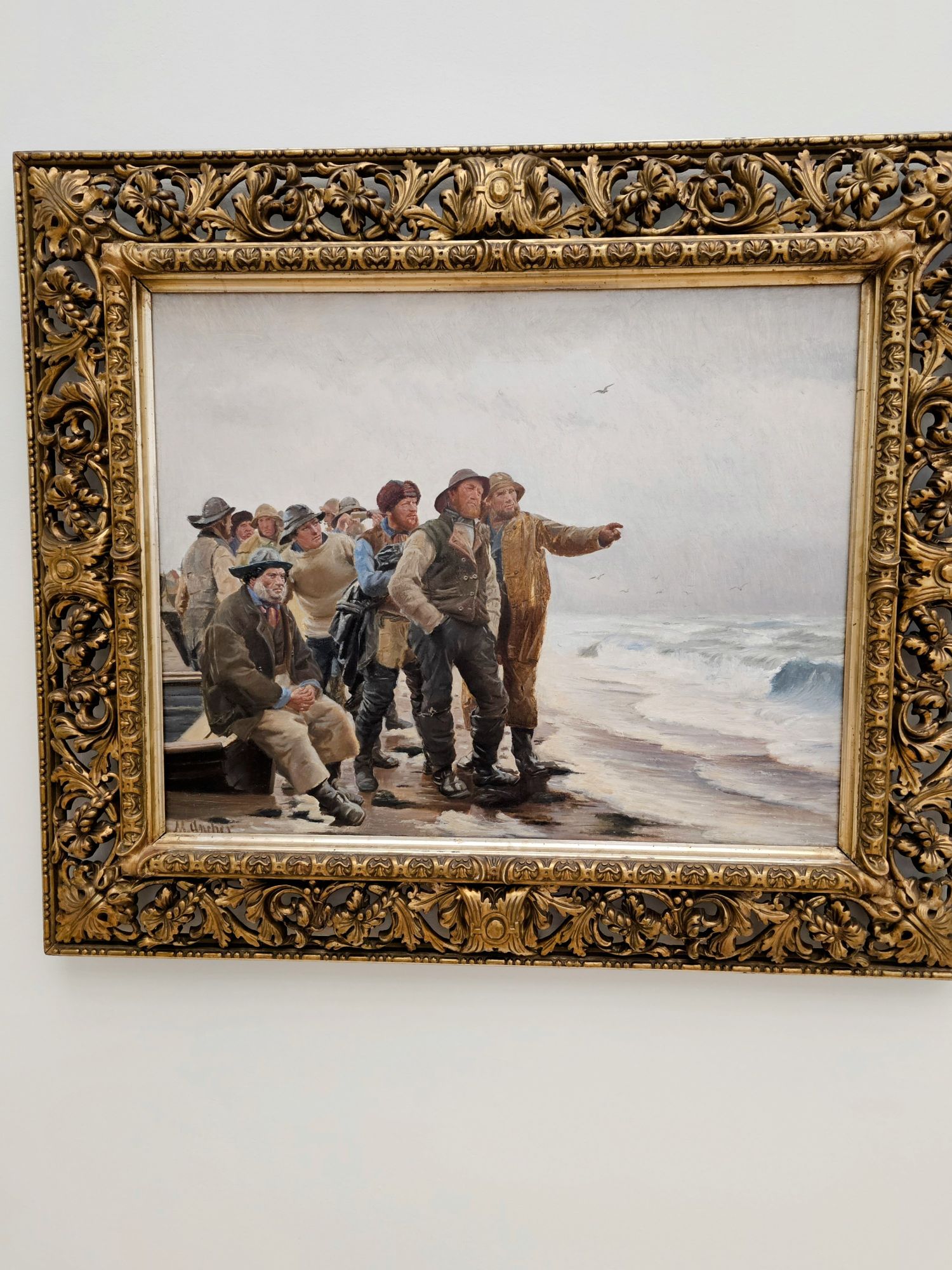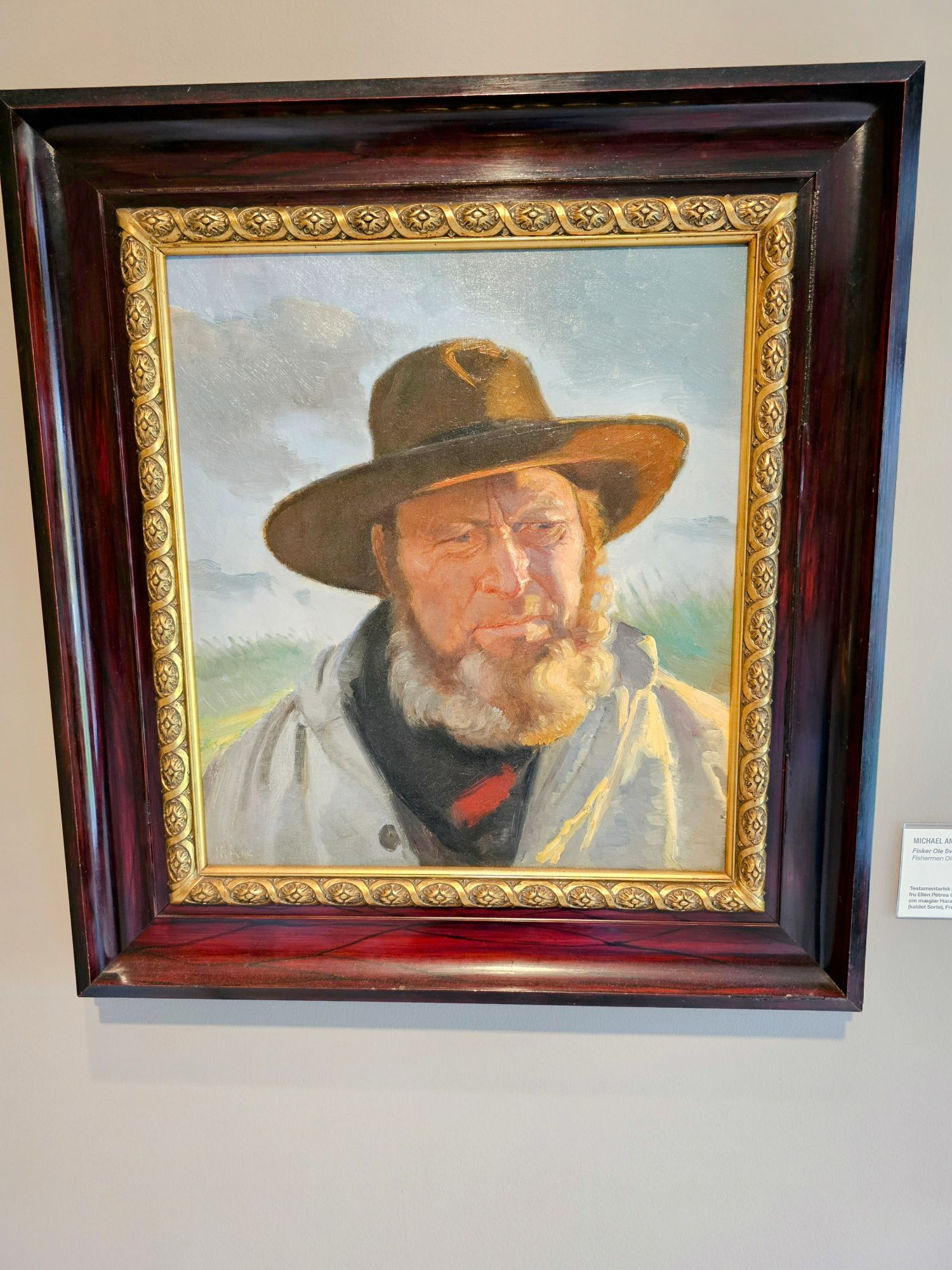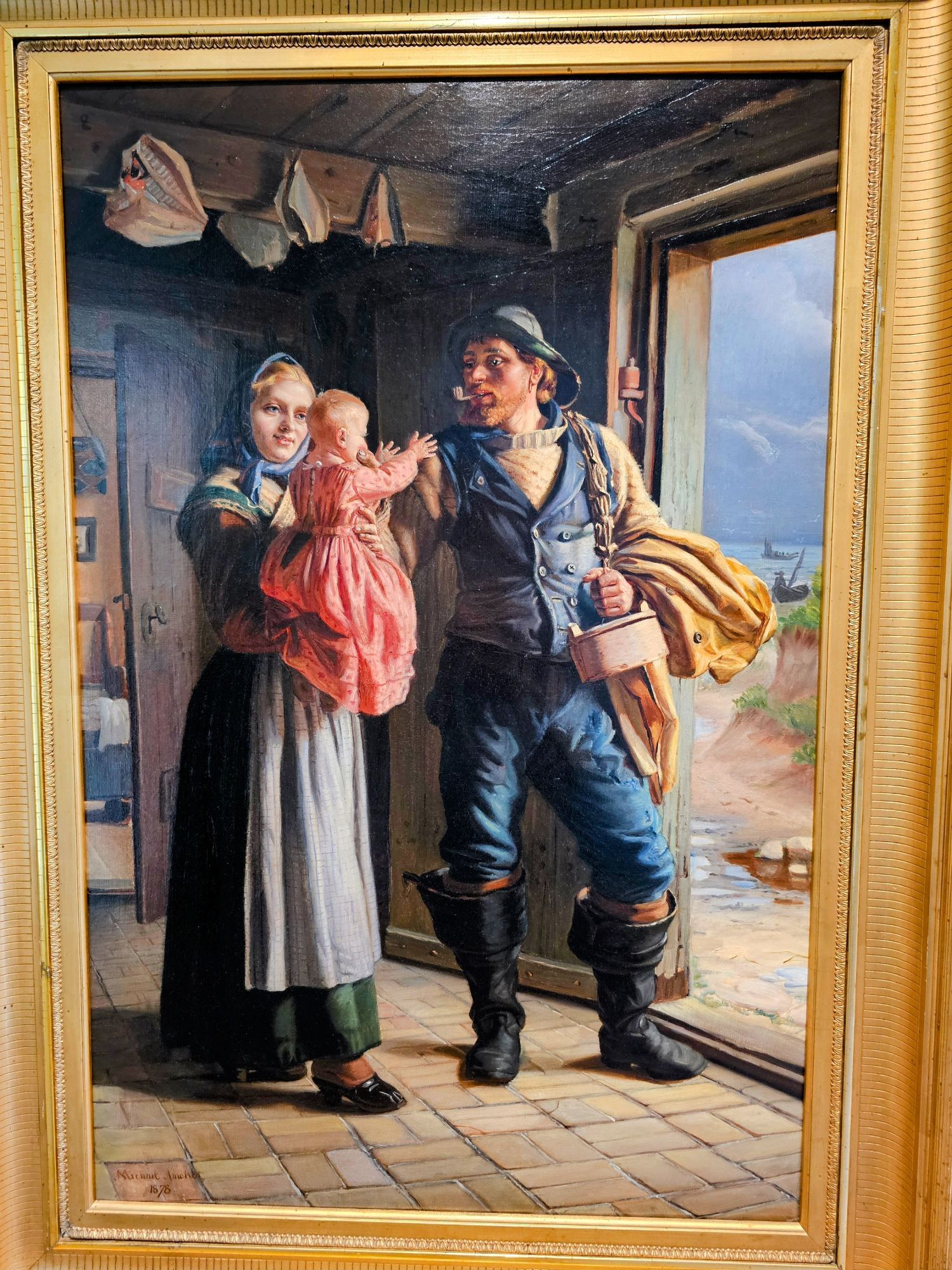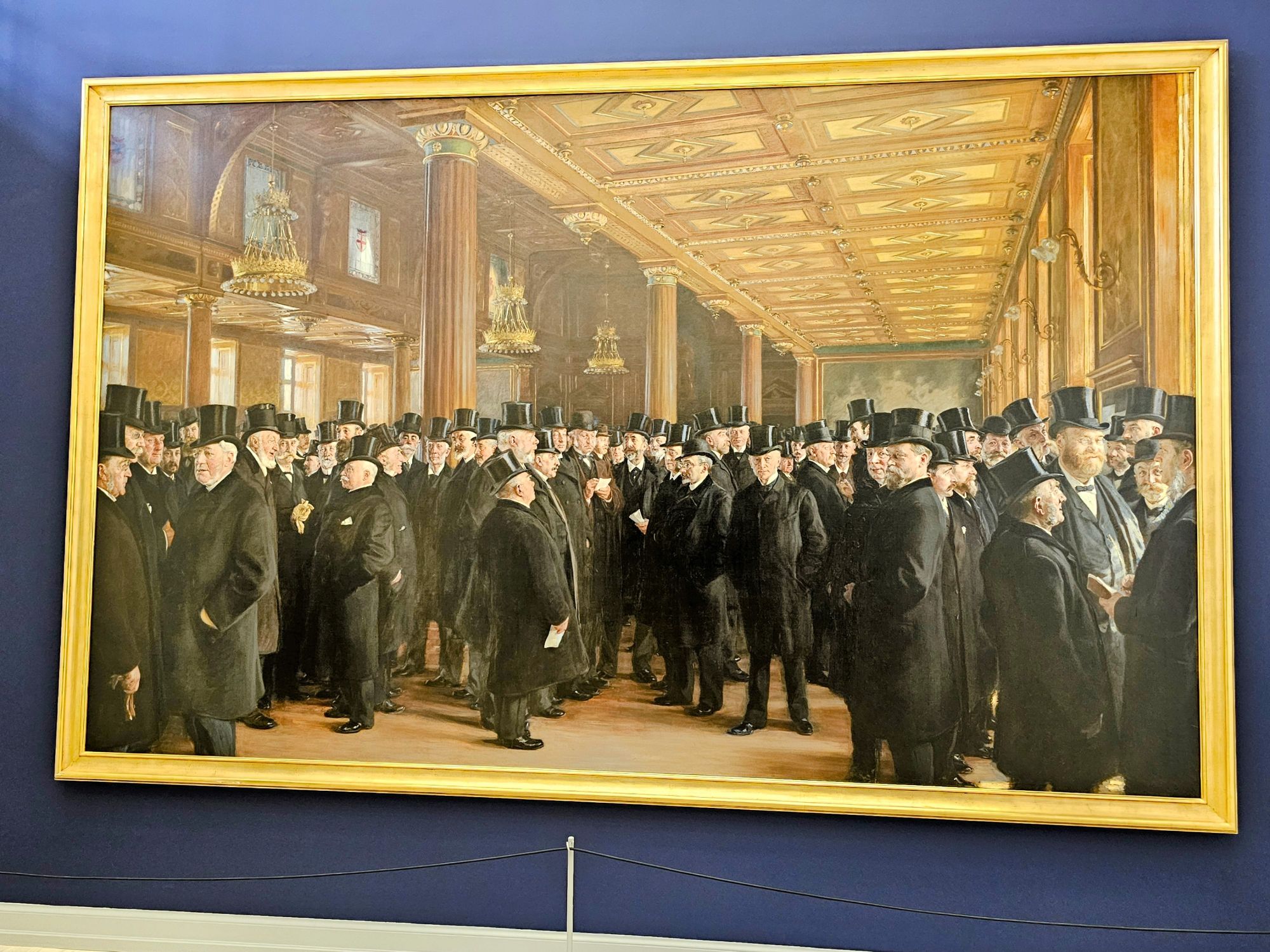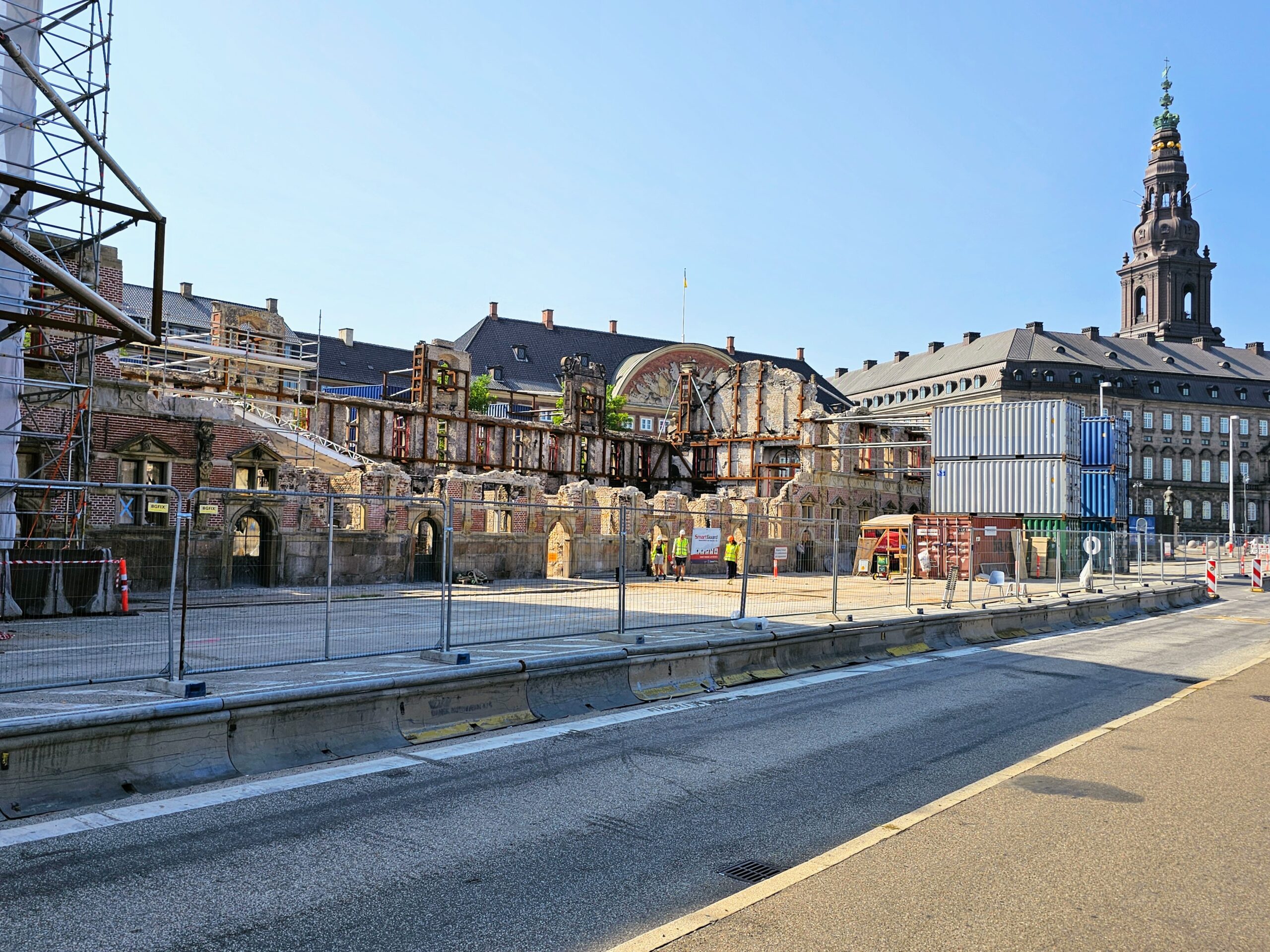We departed our cruise ship around 0930, and arrived at our hotel way too early to check in. We left our luggage behind and hopped on a bus to check out Tivoli Gardens. Tivoli opened in 1843, making it the third-longest operating amusement park in the world.
We got to the park just as they opened, and there was a line running down the sidewalk. It ran pretty fast though. If you come here, download the app and familiarize yourself with it before arrival, so you don’t spend 15 minutes trying to figure it out after entering…like I did!
Upon entering I wanted to take a ride on their famous wooden roller coaster, called Rutschebanen, which oddly enough means “roller coaster” in Danish. I told you these people were literal!! The ride opened in 1914, and is the worlds oldest roller coaster. They even have their own Matterhorn!
The ride was good, but nothing special by today’s standards. Considering it’s 110 years old though, it’s quite impressive! It must have scared the hell out of people way back then!
Amusement parks in other countries are generally not our thing, but Tivoli was of interest since it inspired the creation of Disneyland. Walt Disney visited the park in 1951, and took copious notes regarding what he saw. He was impressed by how clean and organized the park was compared to seedier carnival-style amusement parks in the United States.
When asked by his good friend Art Linkletter (of radio and TV fame) who was with him, why he was writing so much down, he said “I’m just making notes about something that I’ve always dreamed of, a great, great playground for the children and families of America.” Disneyland opened just 4 years later, in 1955, so for somebody who grew up going to Disney, seeing the original Matterhorn was very cool!
The other item that was of much interest to Walt were the extensive gardens spread throughout the park.
As well as the many fountains and water features.
Of course, let’s not forget about the pirate ships!
We got lost looking for more gardens, and happened upon a small aquarium. This tank was filled with Piranhas! Walt should have put these off of Tom Sawyer’s Island!
We took another ride called “The Flying Trunk”, which is based on 32 Hans Christian Anderson fairy tales. I’m not sure what the chicken story was, just found it cute.
Although the ride felt like a Danish version of “It’s a Small World”, this one is fairly new, opening in 2010, so maybe Disney provided the inspiration this time? This scene is from The Little Mermaid, also a very dark story in the Hans Christian Anderson version.
This scene is from The Snow Queen, written in 1844, which is apparently also a very dark story that influenced the Disney film “Frozen”. A lot of sharing going on between Denmark and the US! Disney always has to take a dark story and make it “happily ever after”. Based on that, I can understand why this woman is gesturing this way.
On one side of the park is Copenhagen’s most expensive hotel, Nimb. There are only 38 rooms at this hotel, each with a view over the garden and the park. I chose to stay elsewhere, as the cheapest room here was around $1200/night.
This is a shot of part of the gardens the 38 rooms overlook. Stunning stuff, but not $1200/night stunning! I better see trolls dancing with fairies for that kind of money!
We did a little shopping before departing for the afternoon, and this peacock just strutted on by! He even walked right into the shop I was in front of. I think somebody has been feeding him!
The weather in Copenhagen was amazing, about 80 degrees, so the locals were hanging out by the canal drinking wine, and this was on a Thursday! The sun just brings everybody out. This is right in front of our hotel, the NH Copenhagen.
After dinner we walked back over to Tivoli to see it at night. Just like Disneyland, they really light things up dramatically!
We snagged a spot at a brewpub right in front of a light show Tivoli puts on each night called Illuminations. They use cloud machines, lasers and lots of lights in a fountain on the water.
It was pretty cool, similar to the old Fantasmic show at Disneyland (I think they discontinued that).
After the show I saw these lit up dragonflies on the water that I couldn’t see during the day. Almost like Pirates of the Caribbean…and the fireflies! Ok, I said “almost”.
A last shot of the Nimb Hotel all lit up! You can see Tivoli’s version of the Matterhorn in the background. This is definitely worth a visit if you come to Copenhagen, particularly if you grew up visiting Disneyland.
It was interesting to note that there is some WWII history in Tivoli. In 1944, during the Nazi occupation of Denmark, several buildings in Tivoli were burned down by Nazi sympathizers. They even bombed the roller coaster to try and break the morale of the Danes! The park, and more importantly the roller coaster, were back up and operating within 3 weeks. Nothing stands in the way of Danish happiness!
Coming up, we visit Copenhagen’s Christiansborg Palace.
